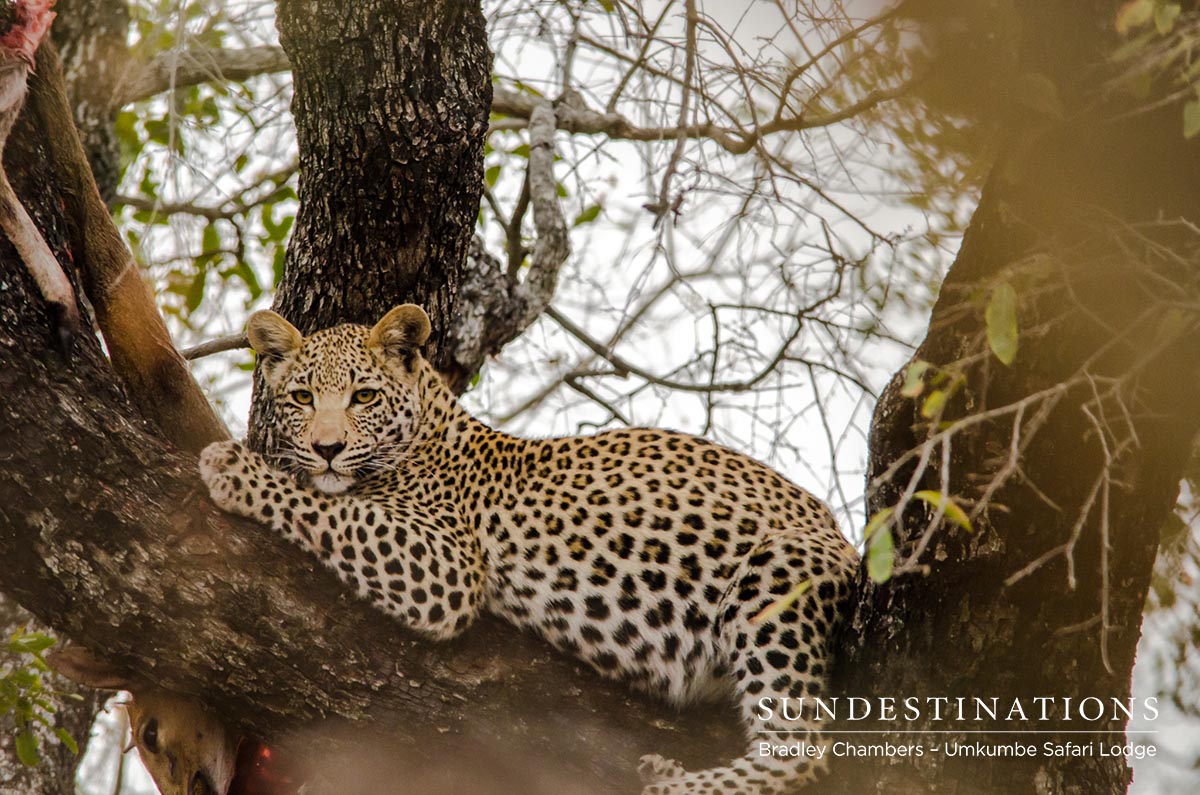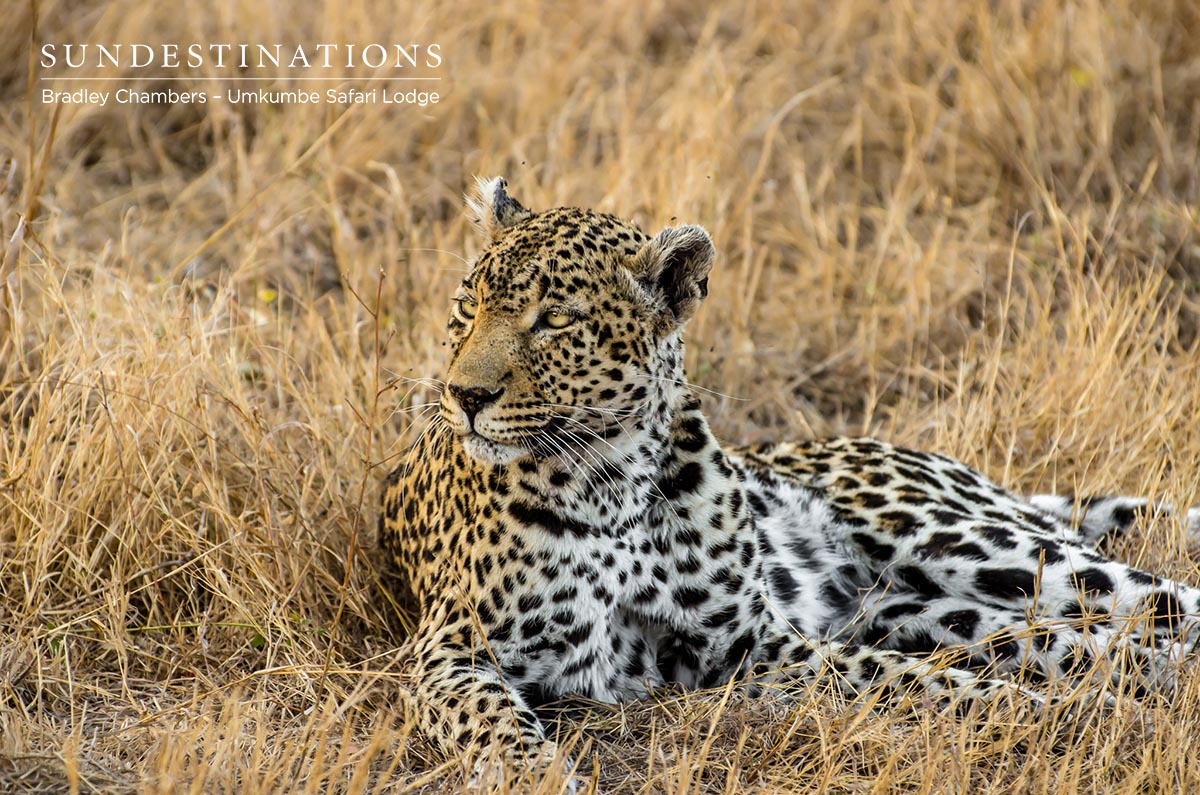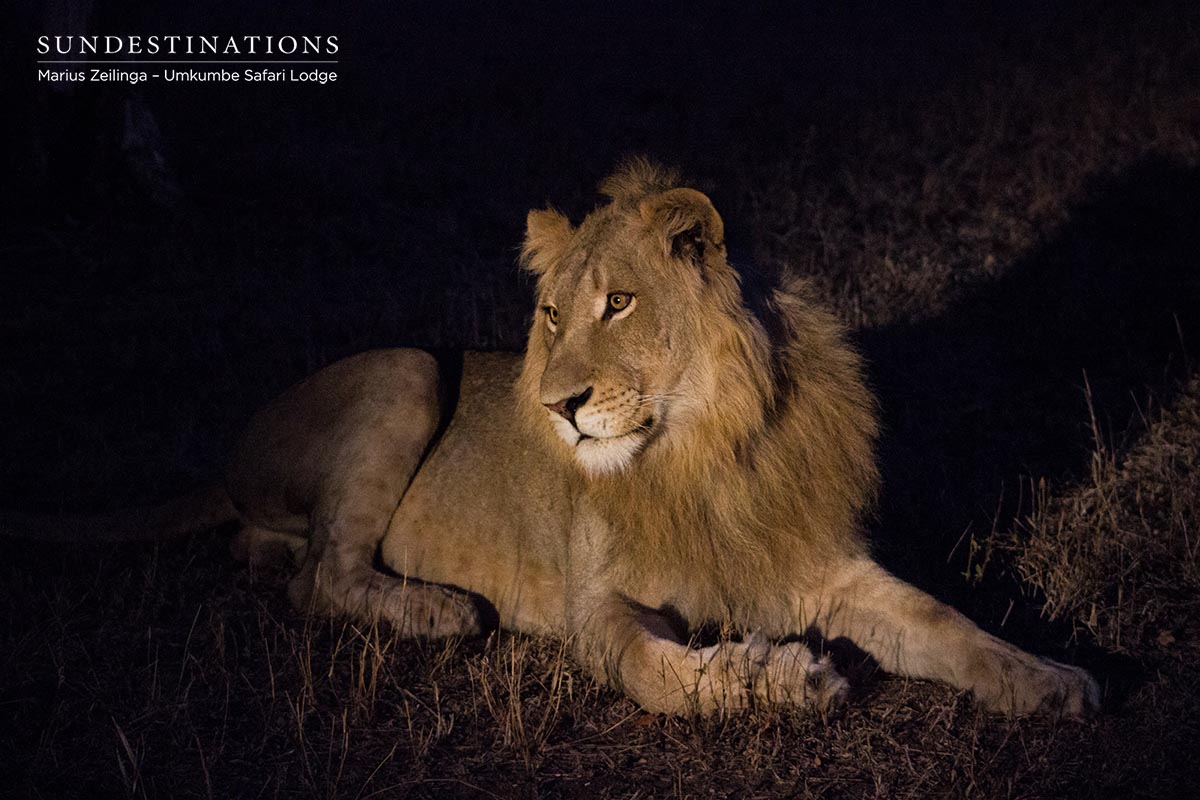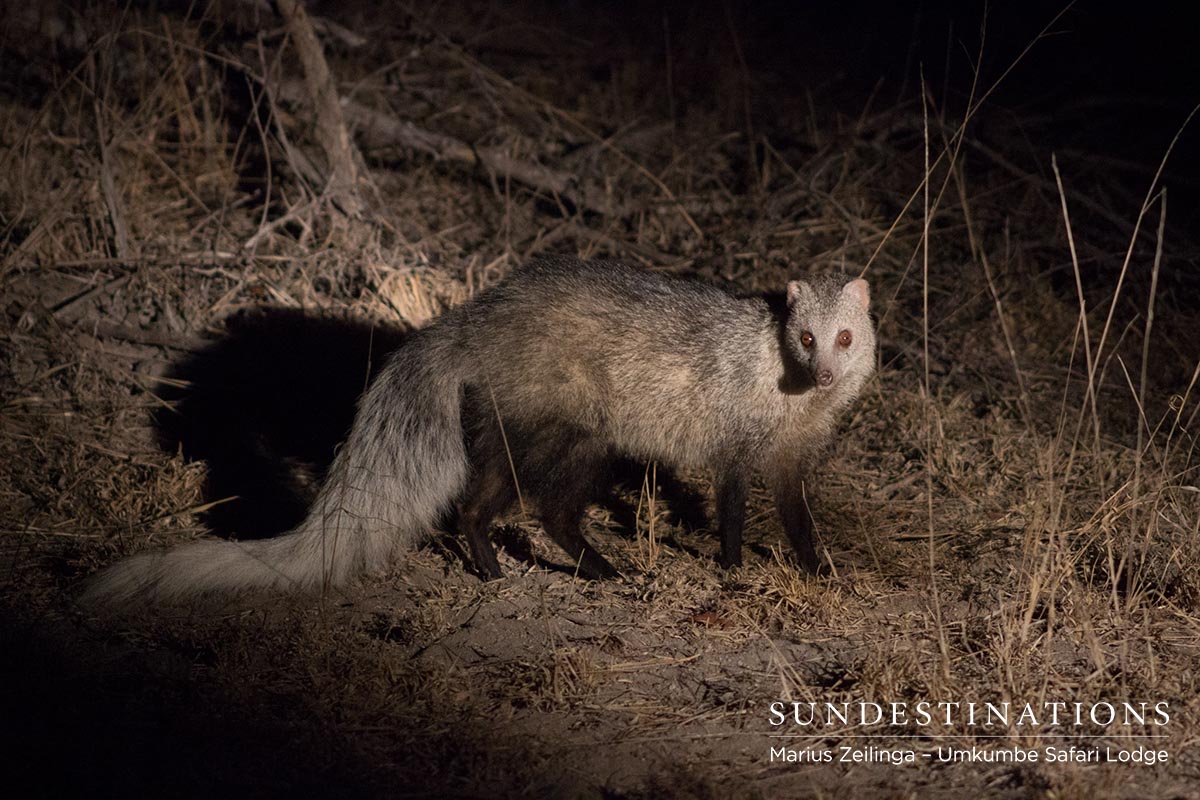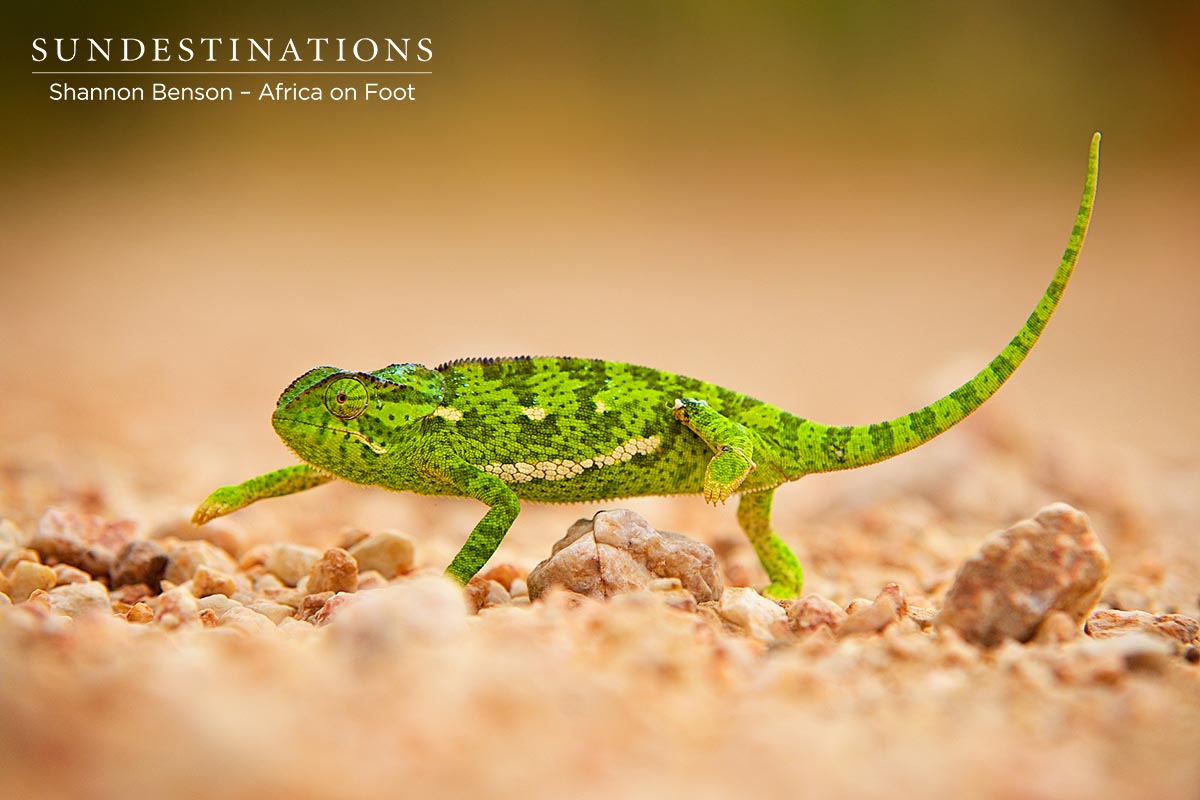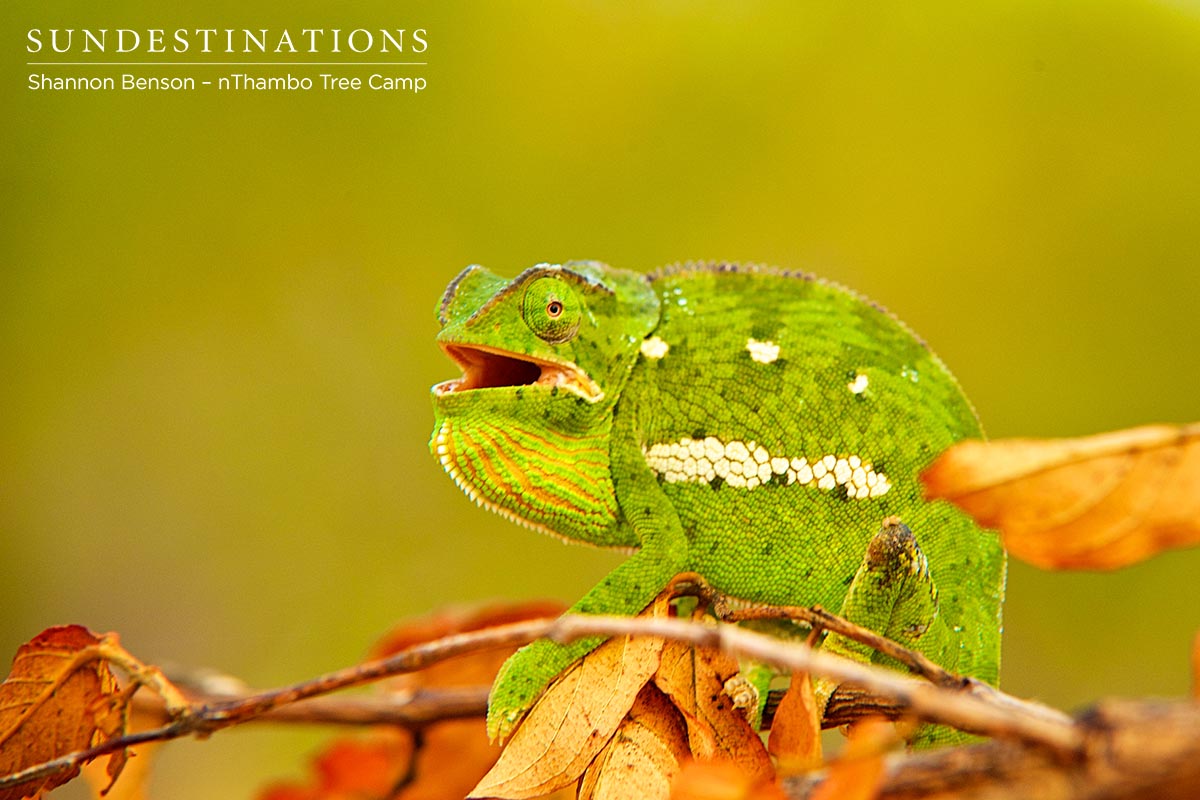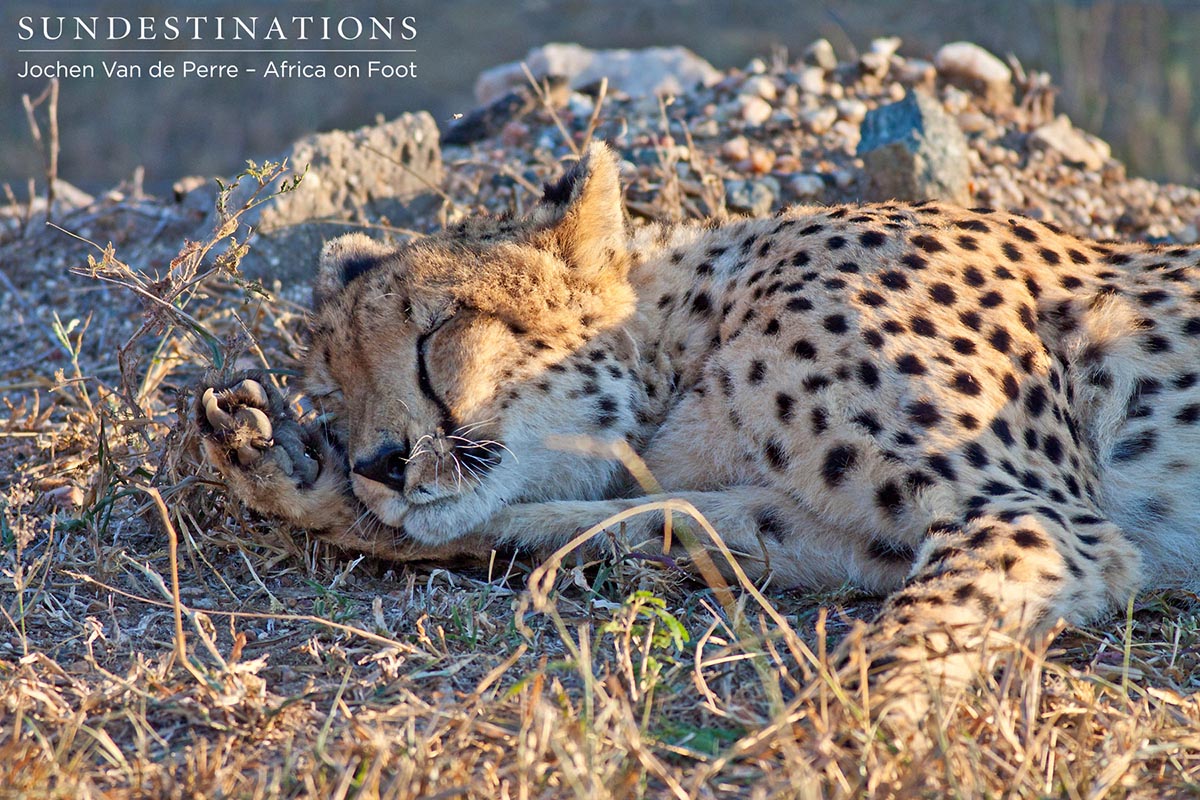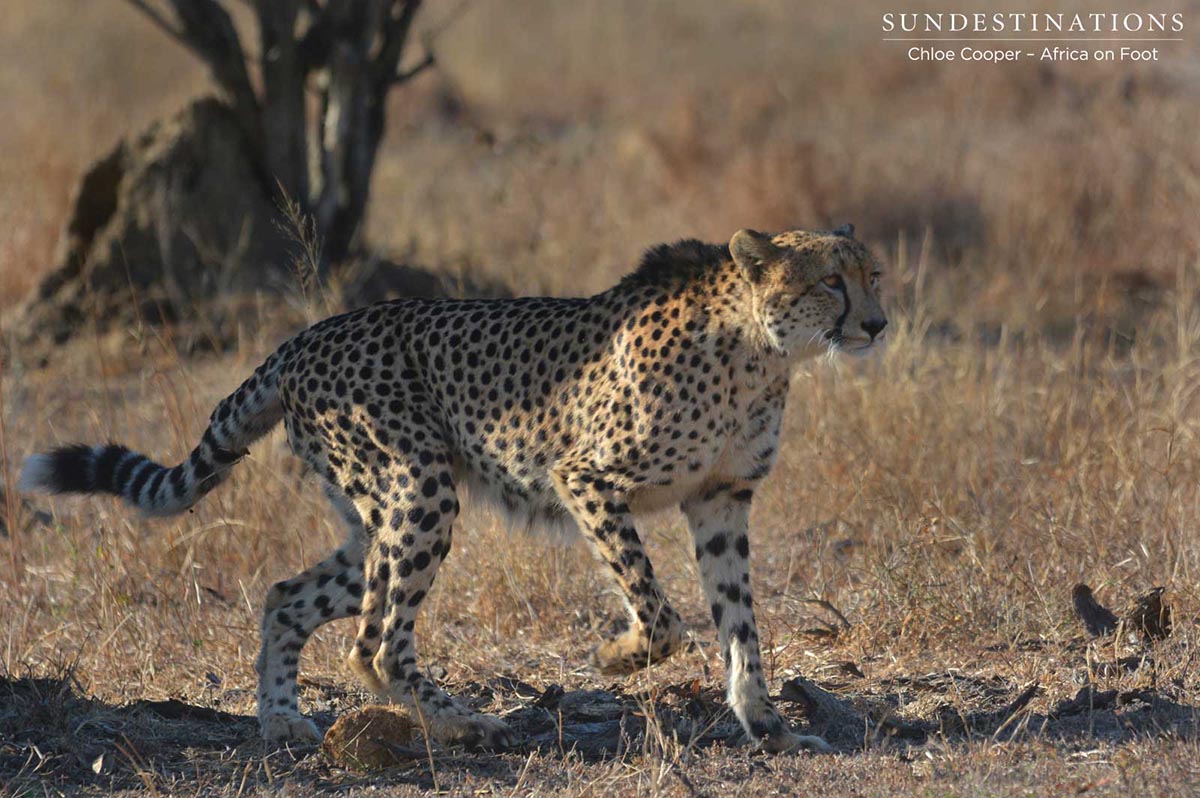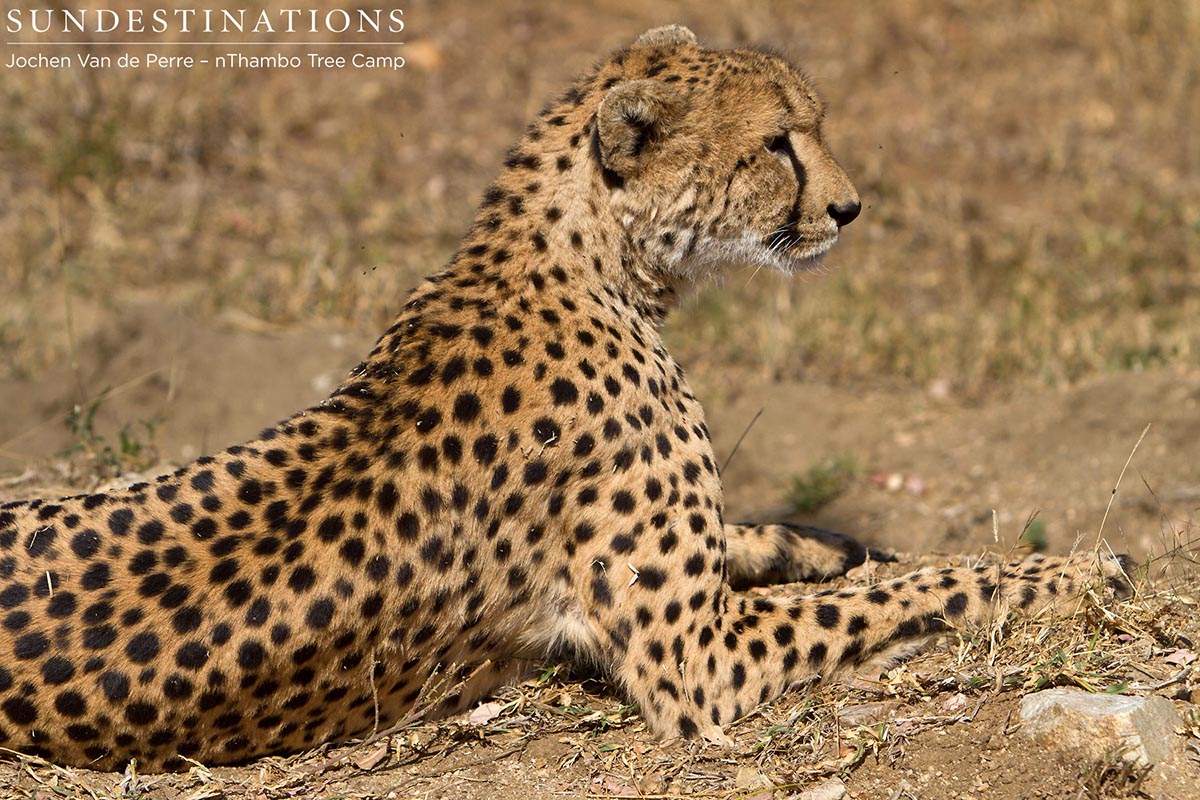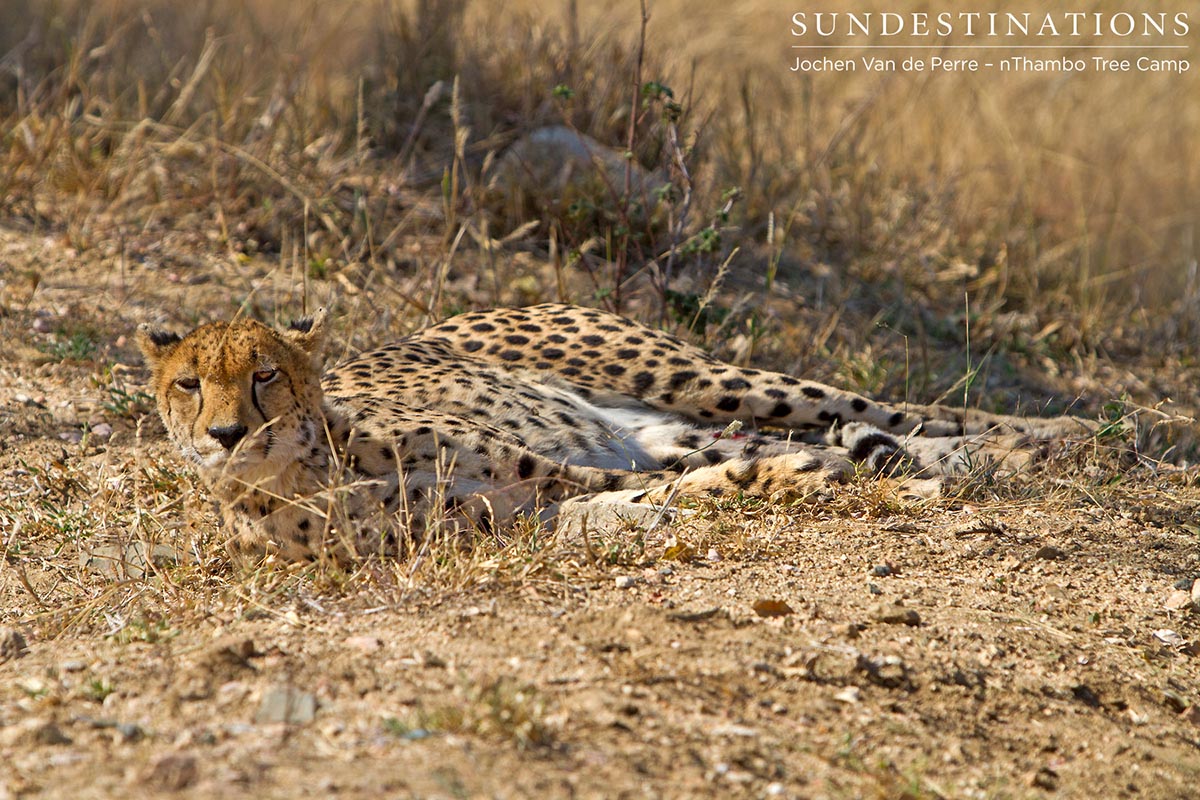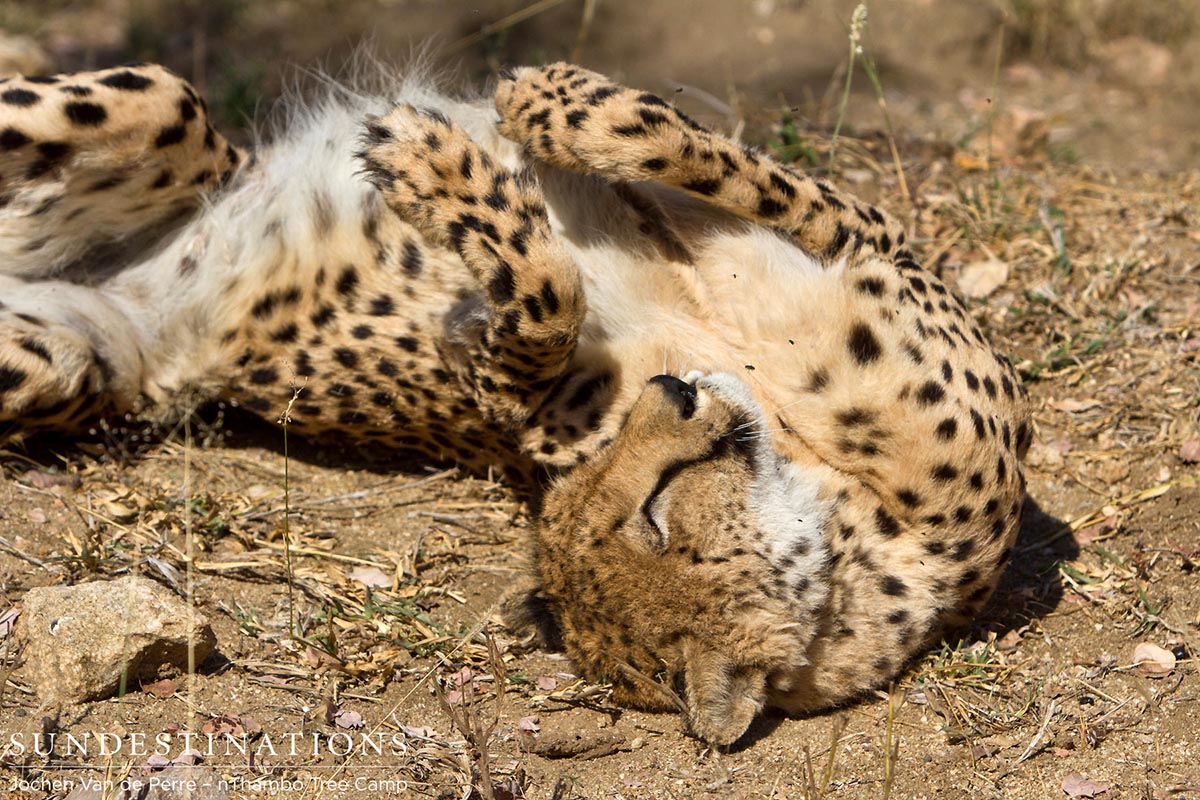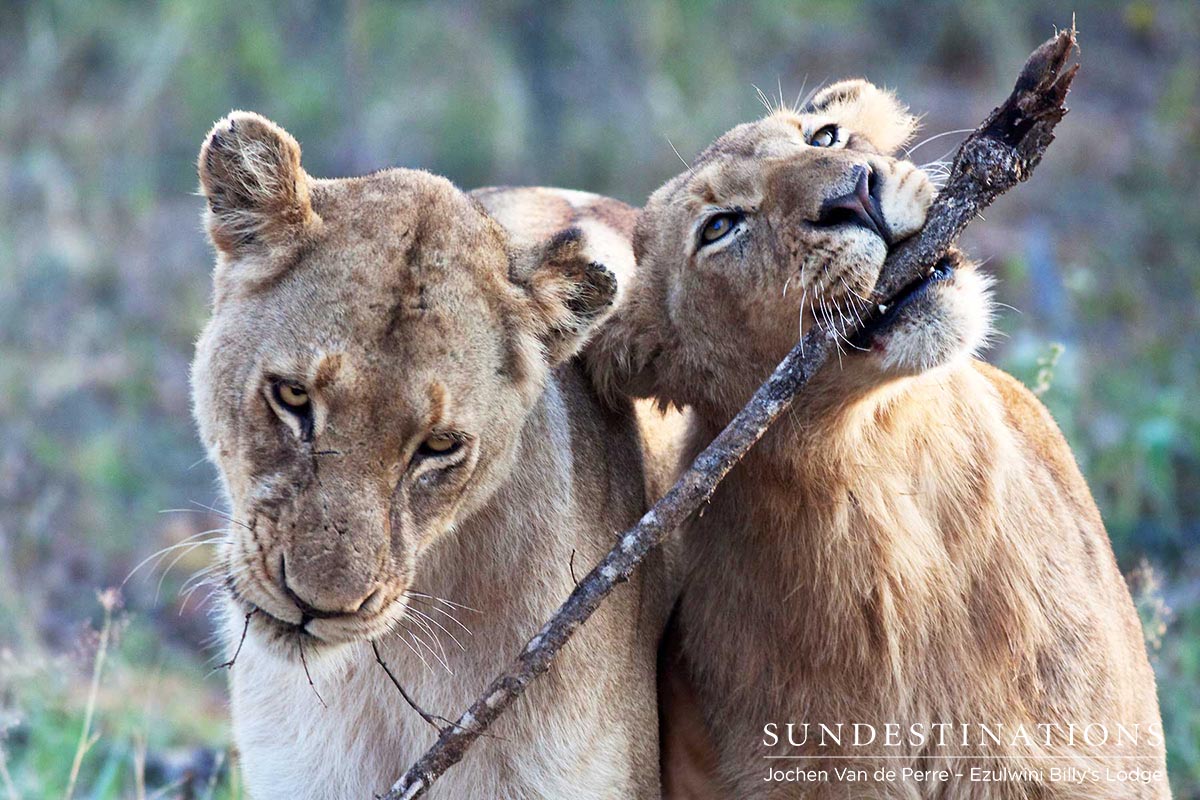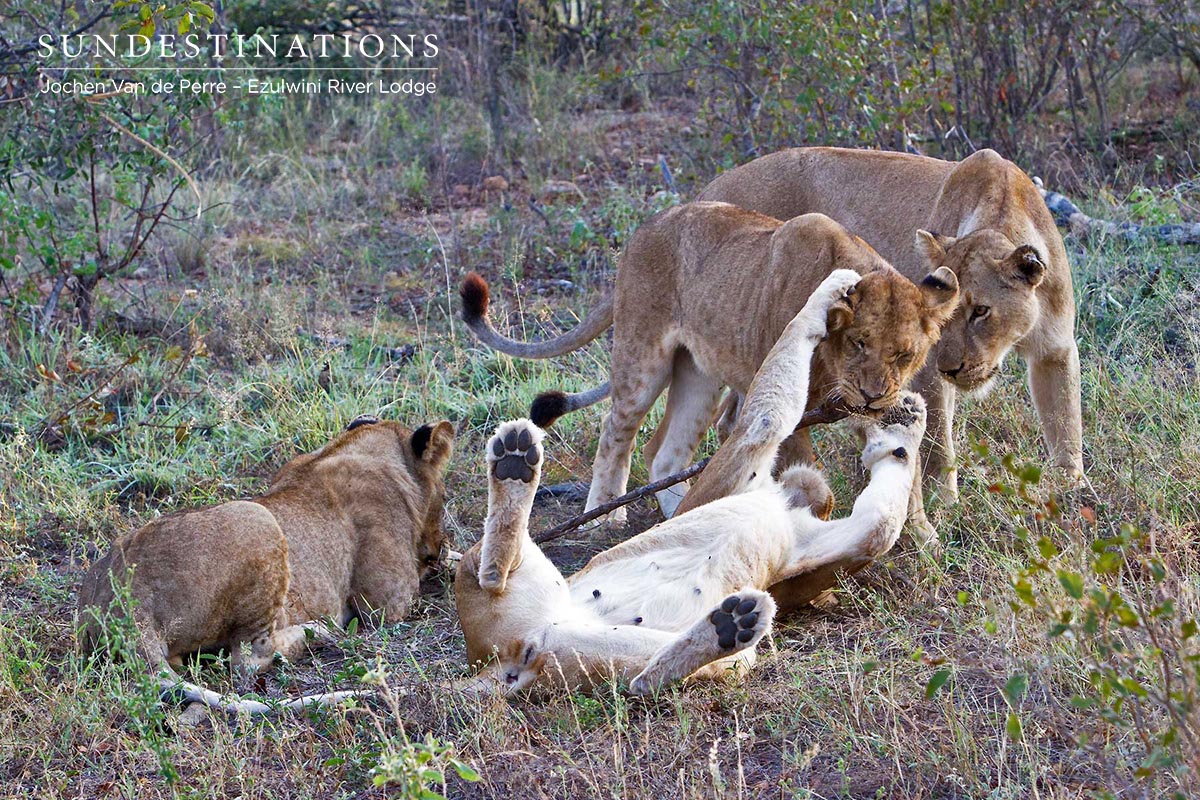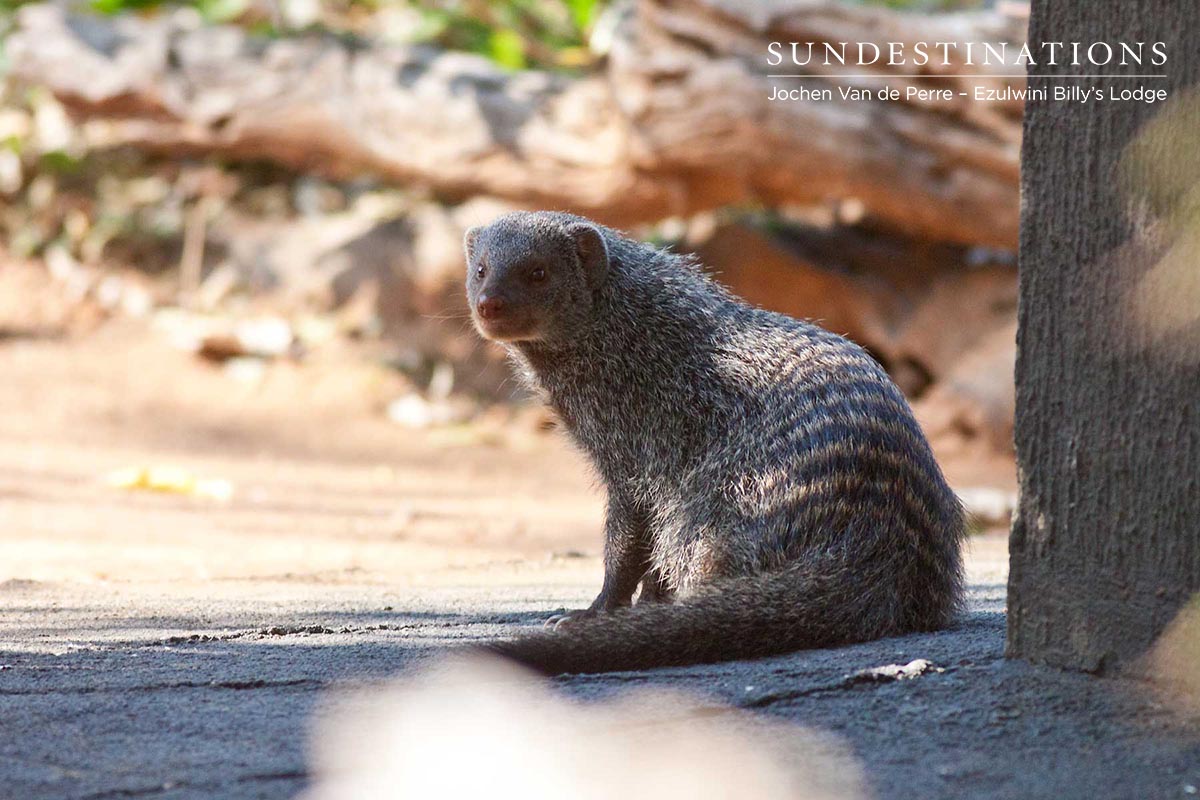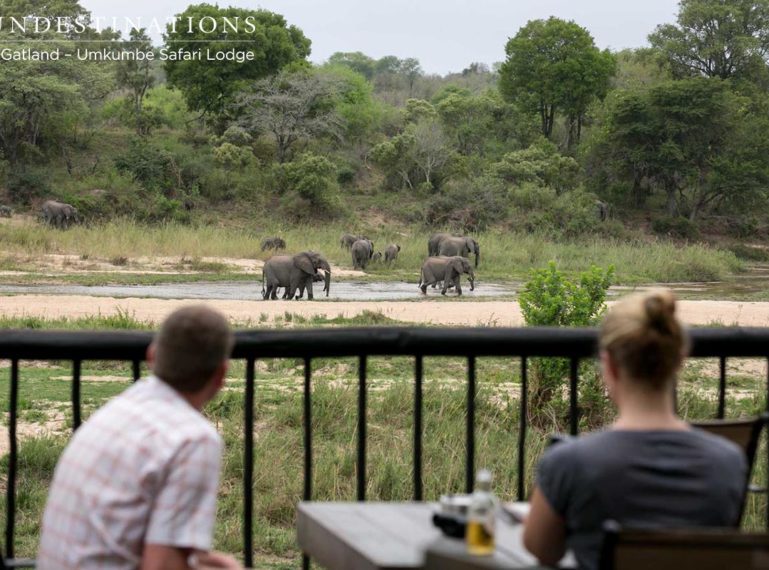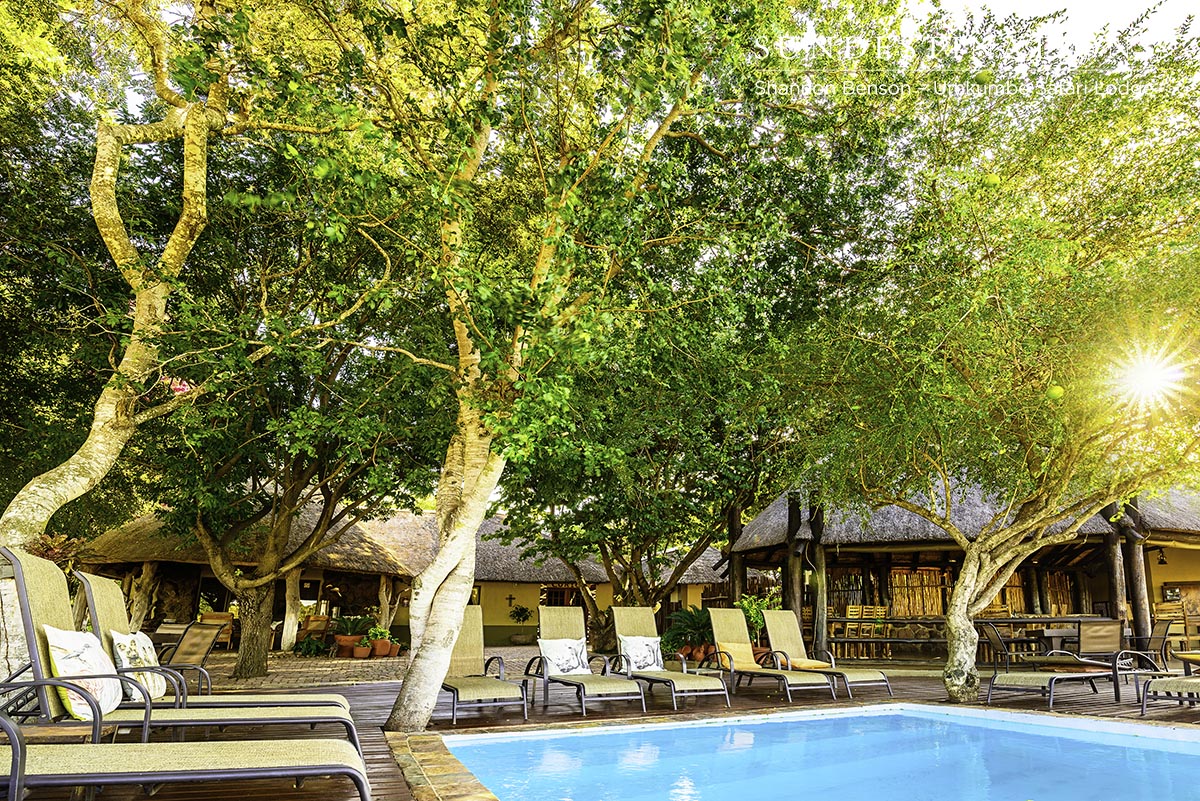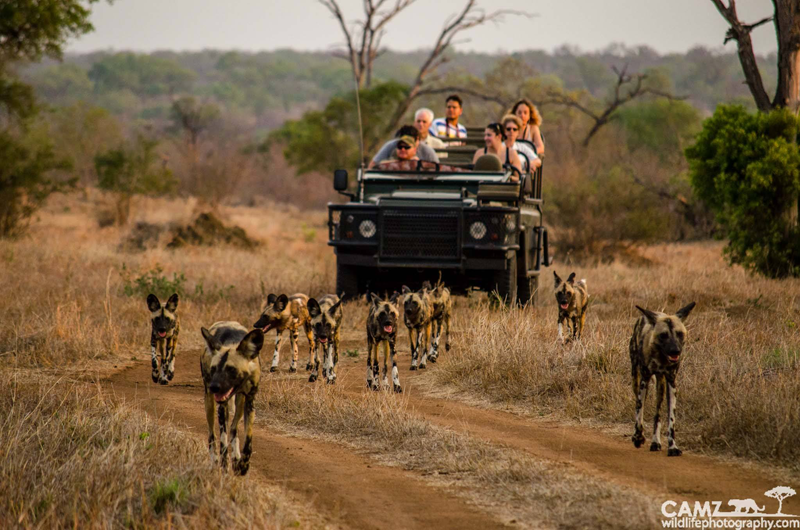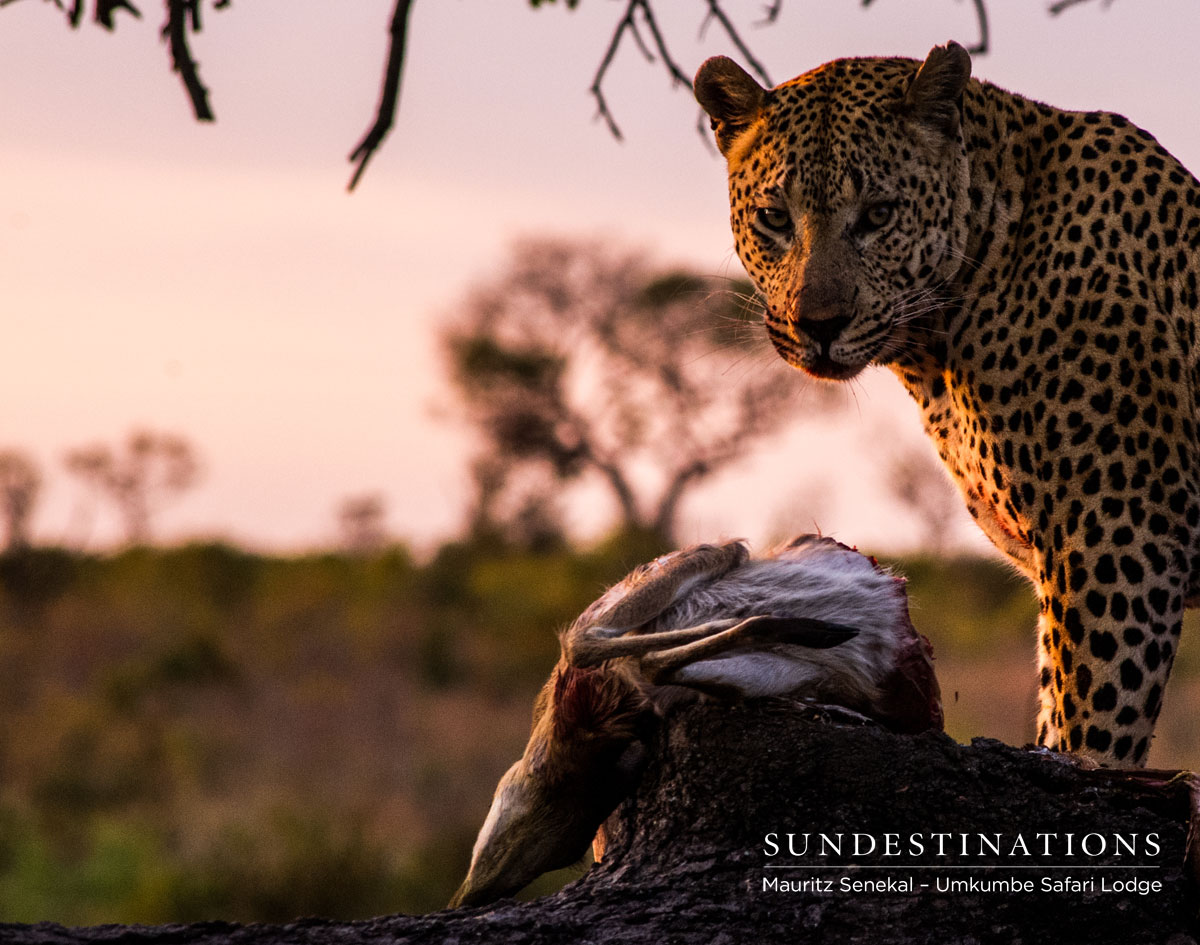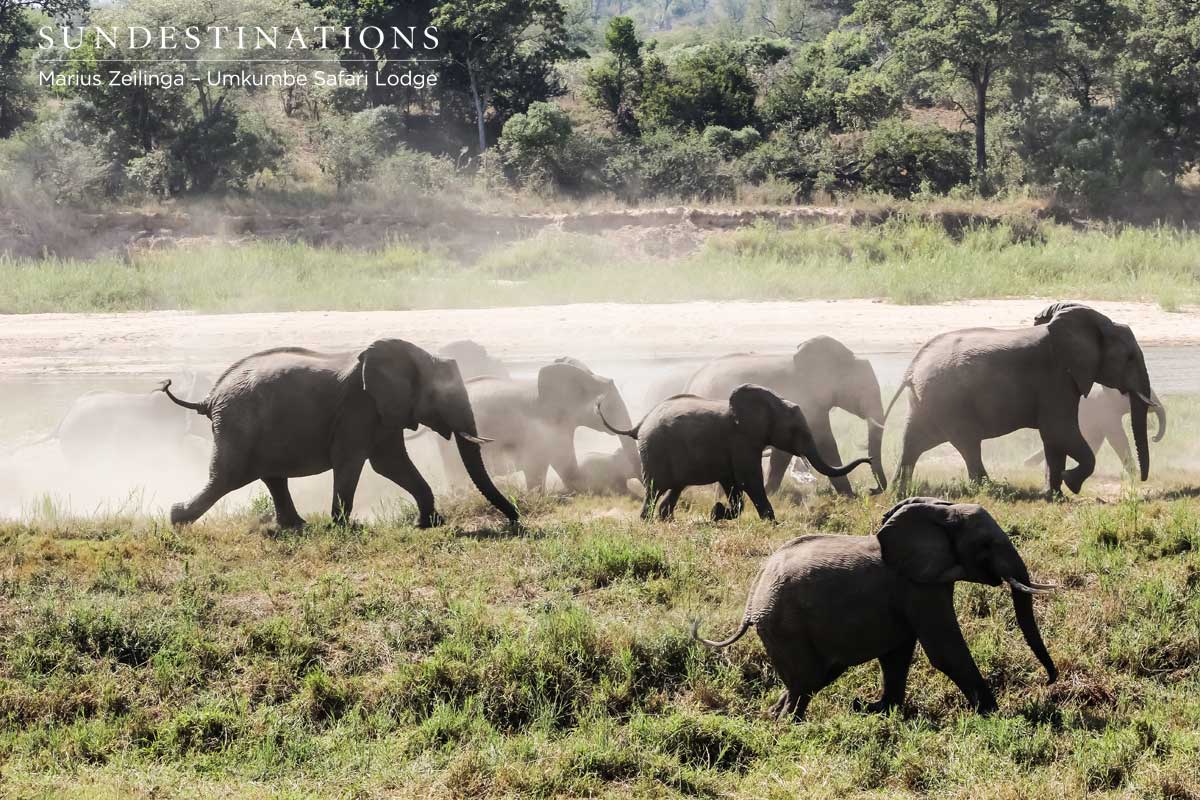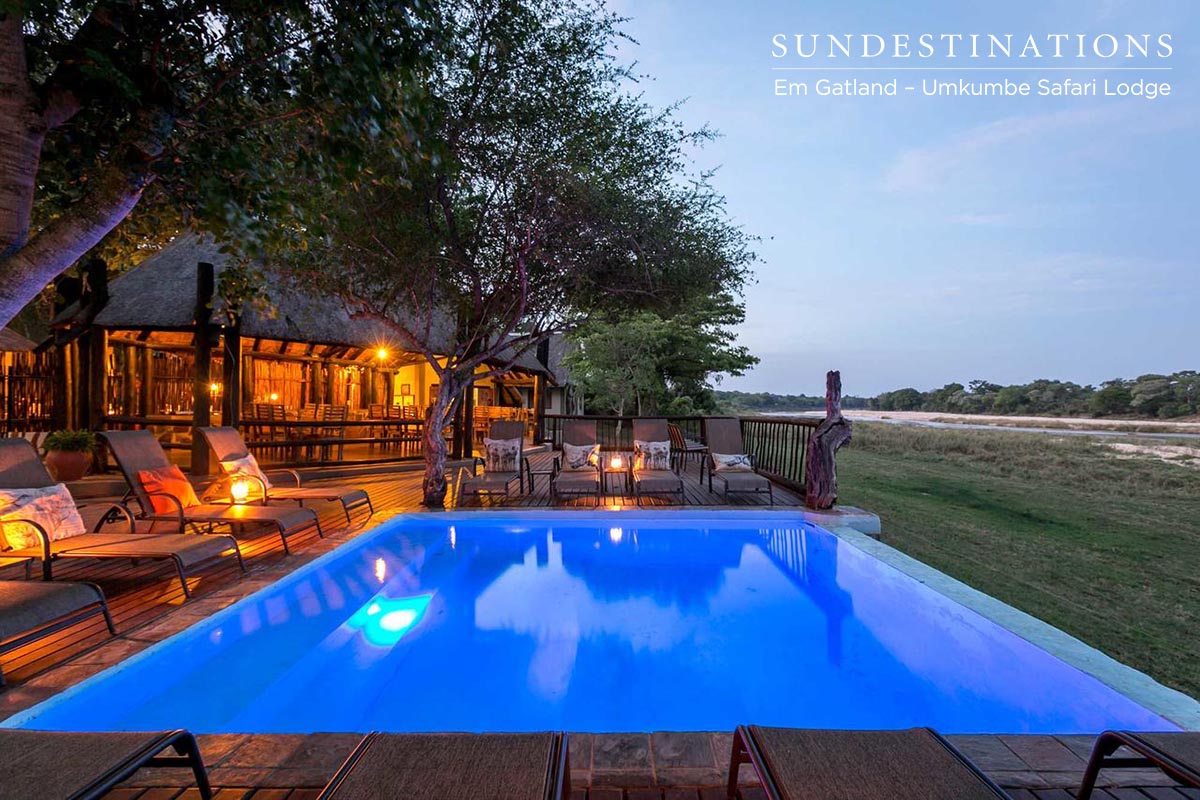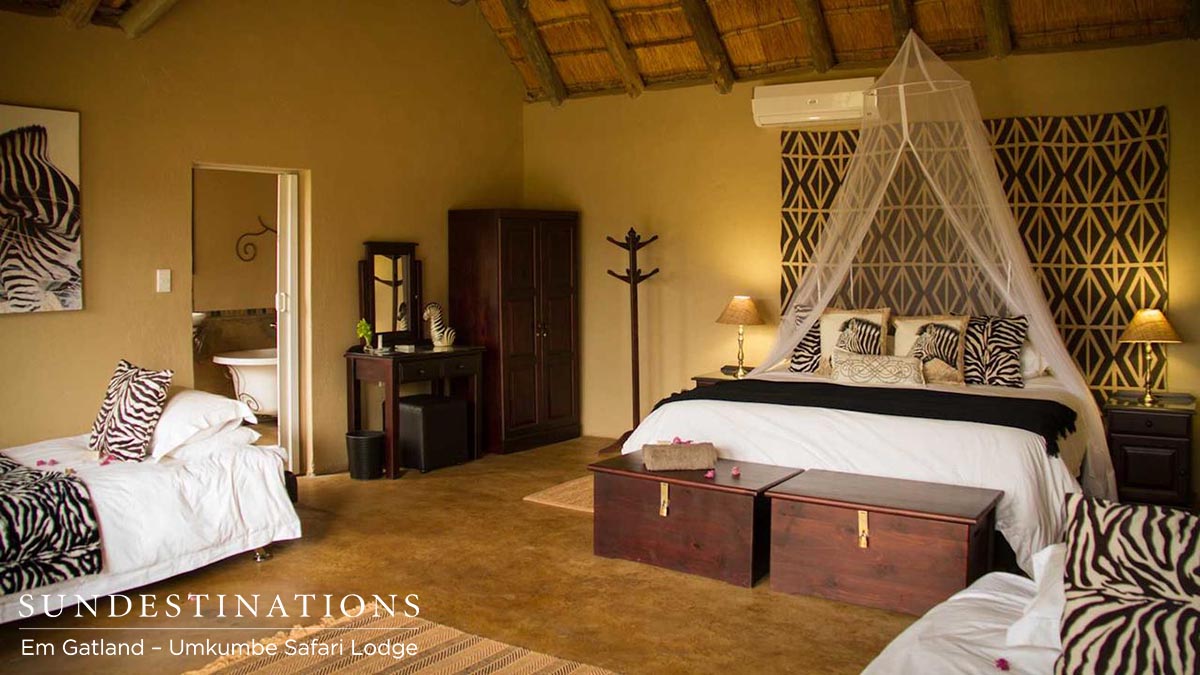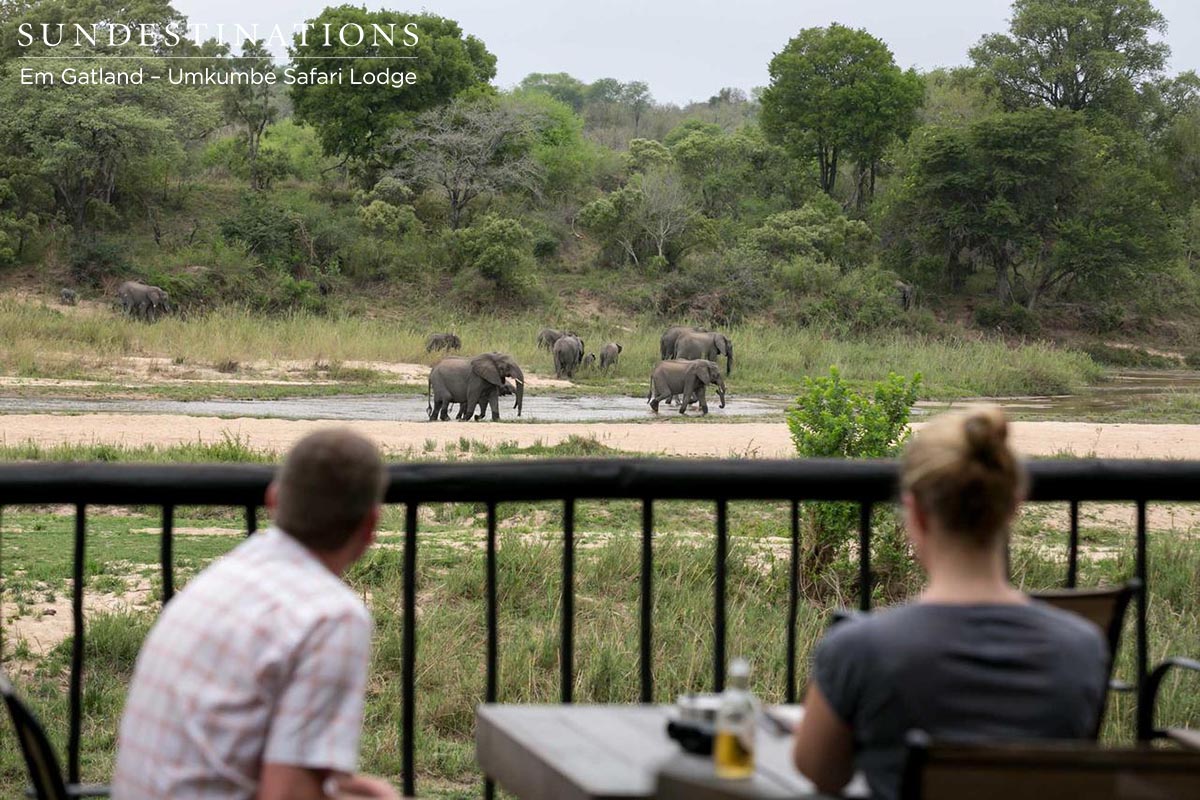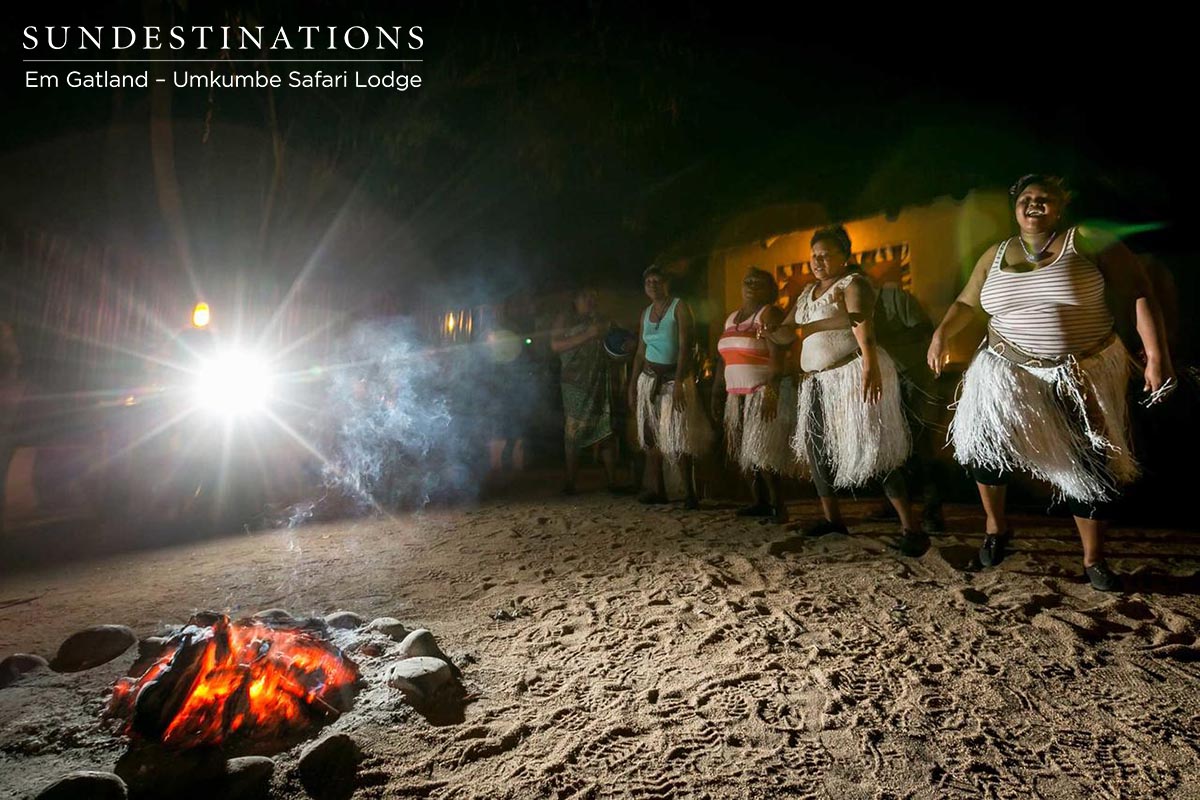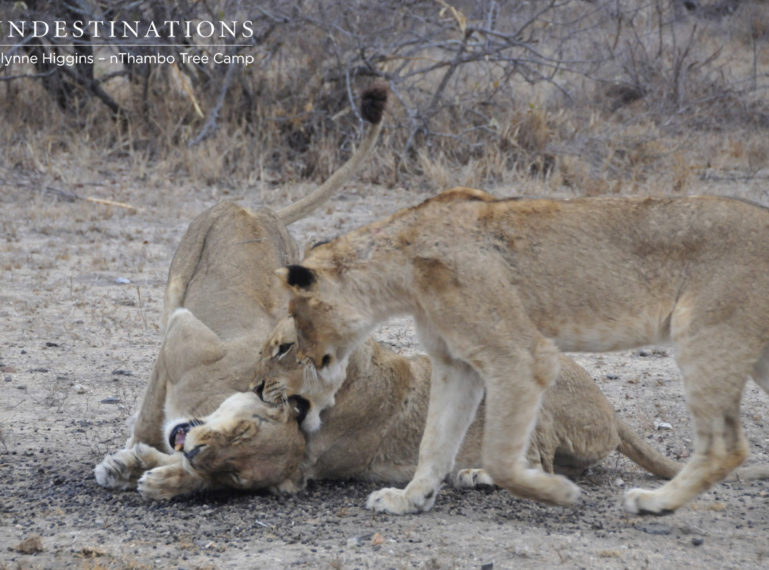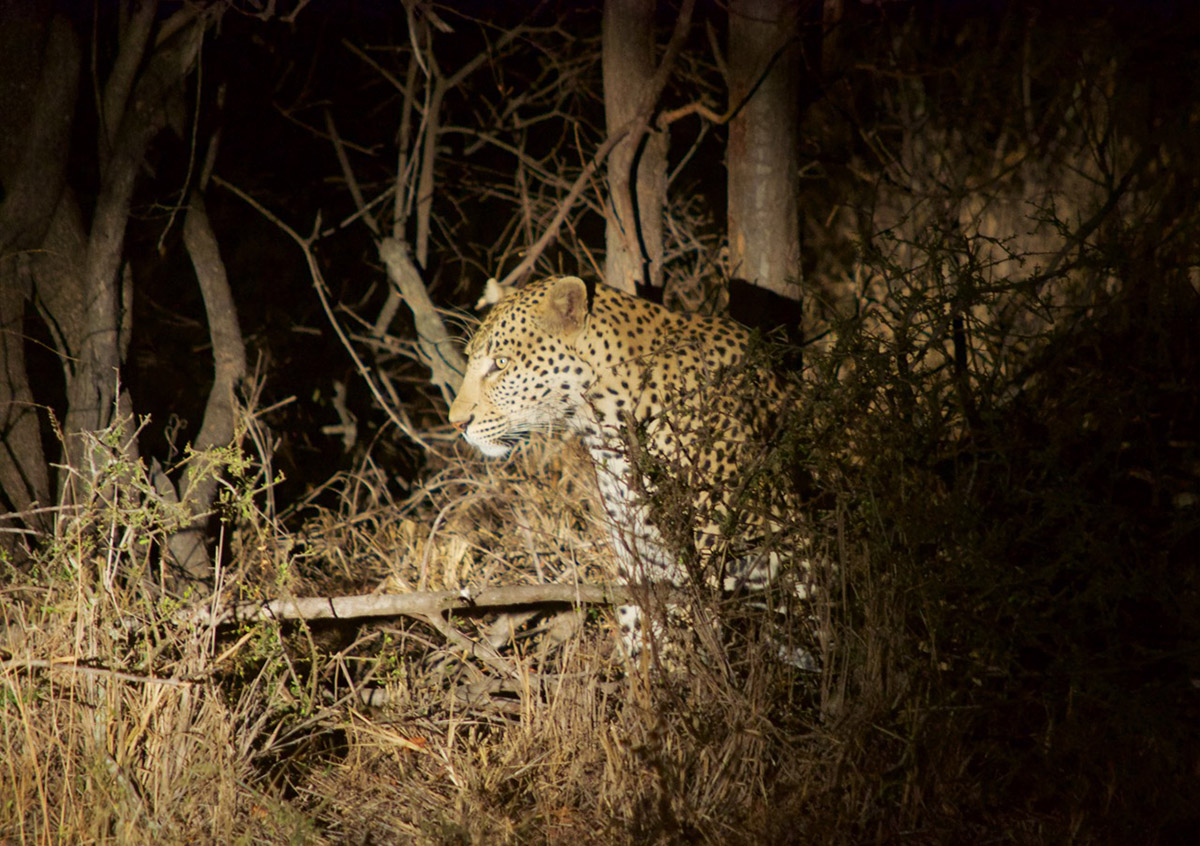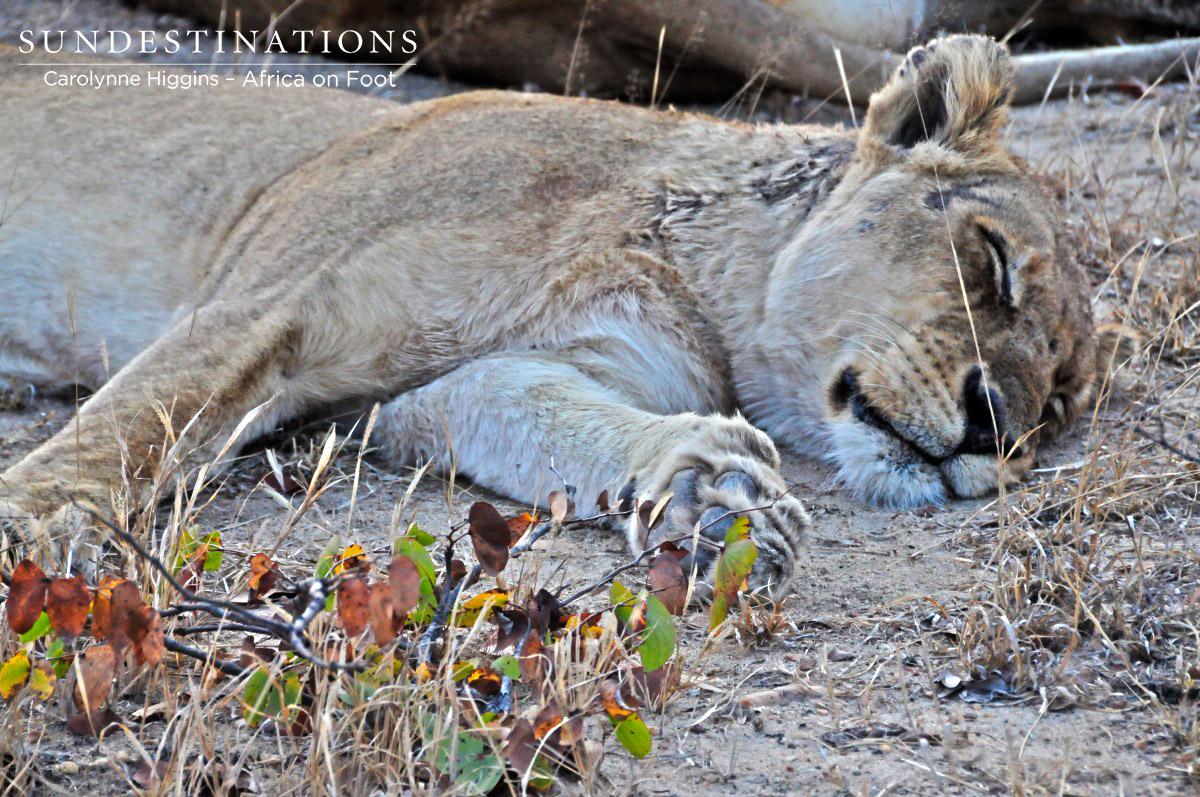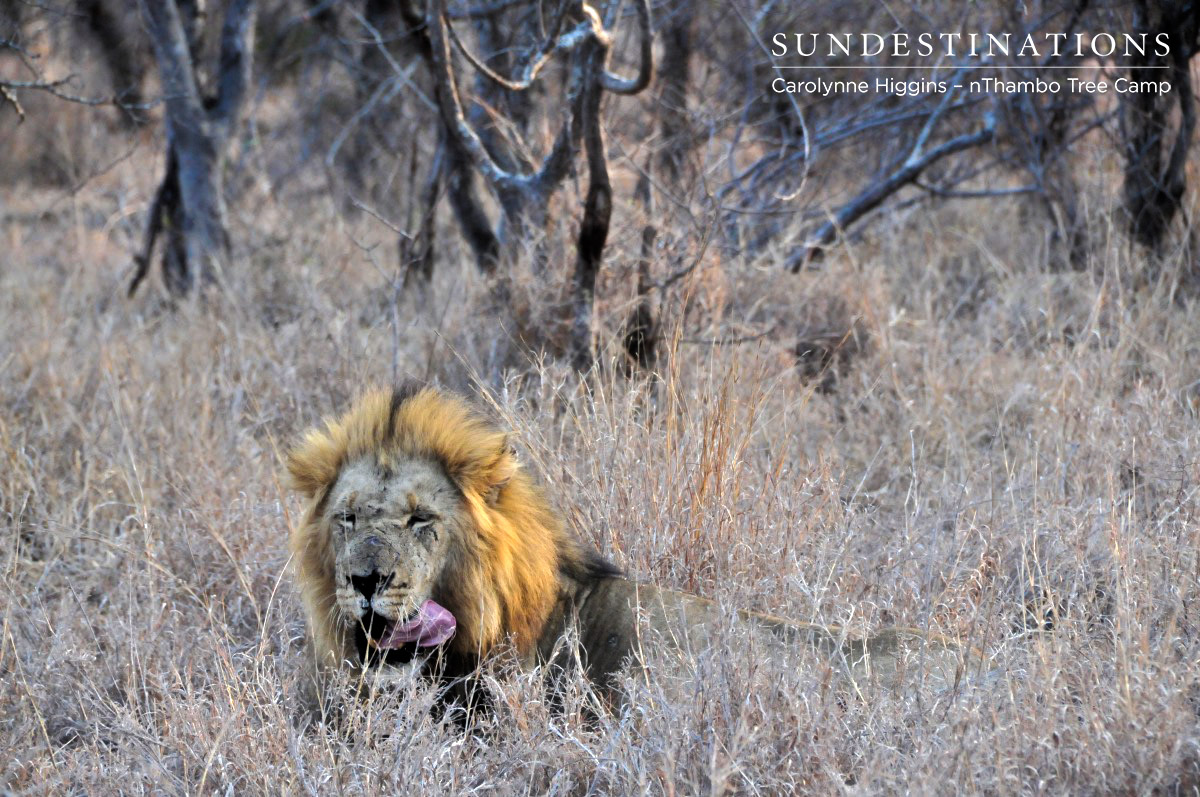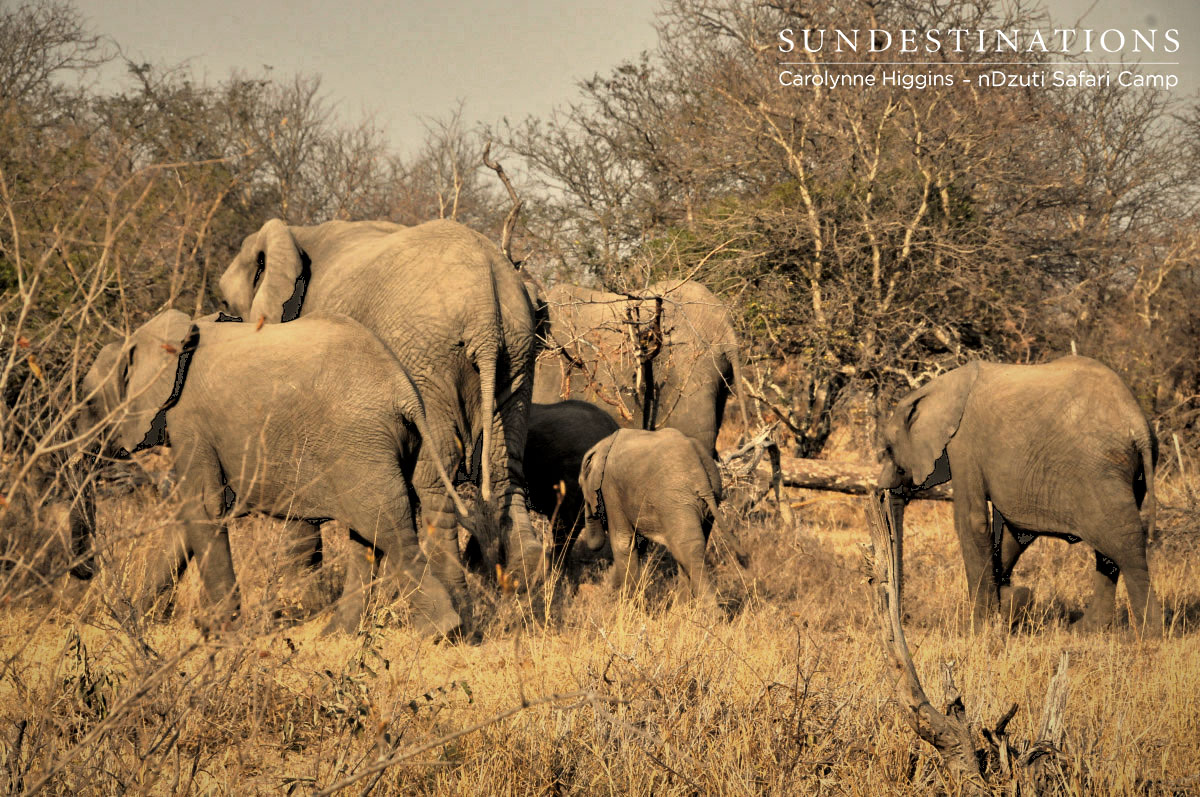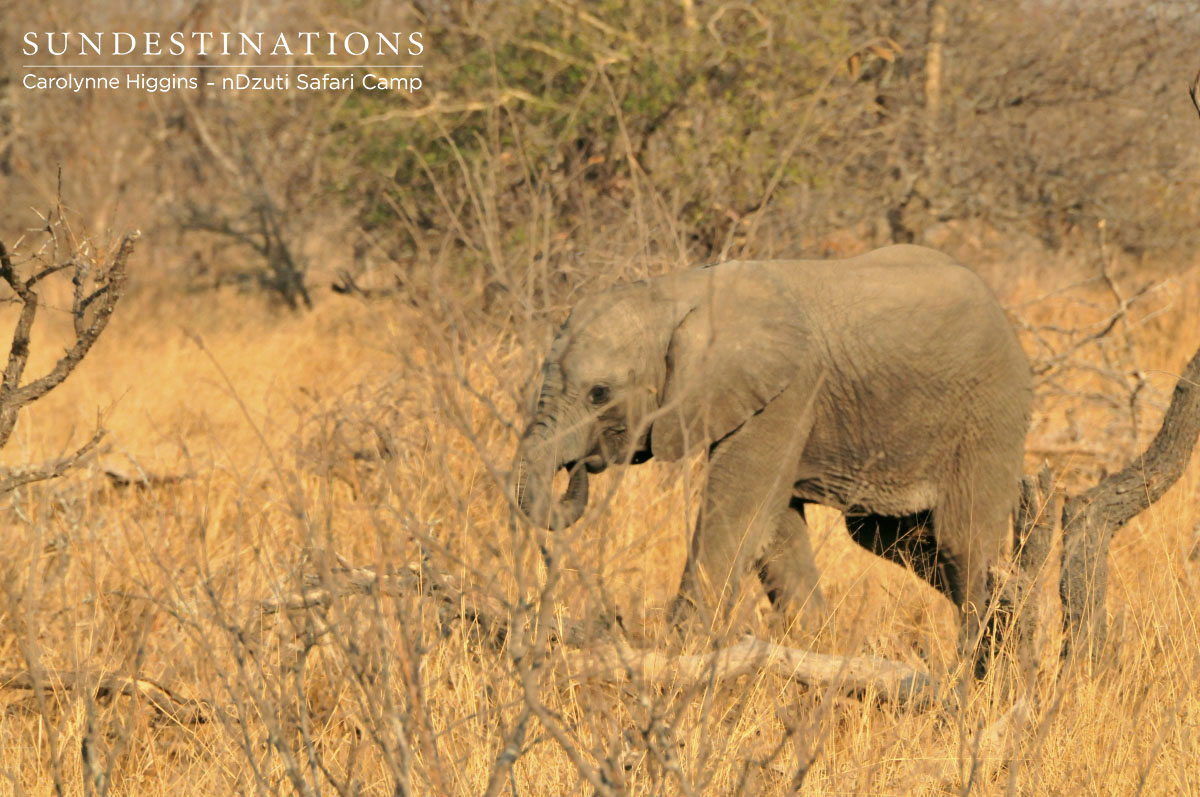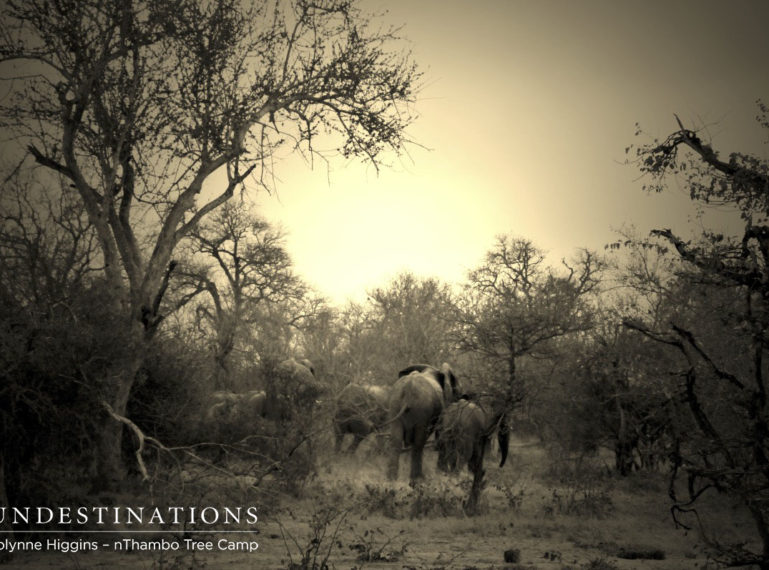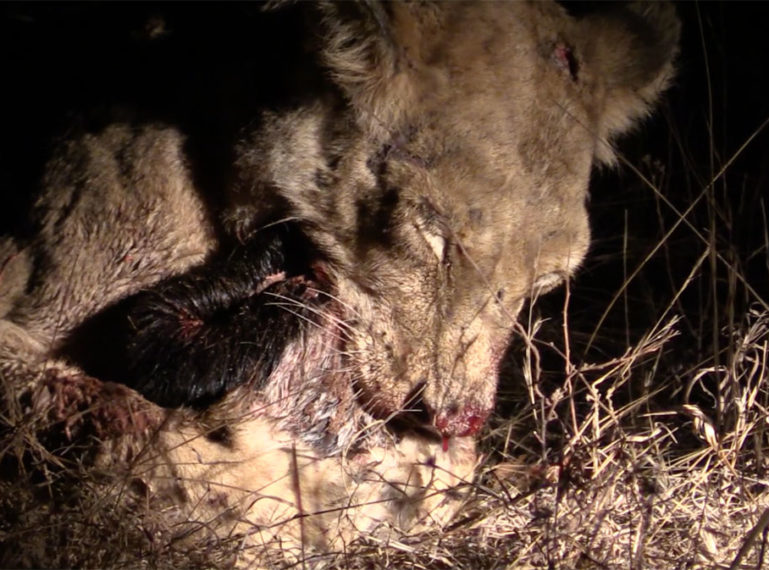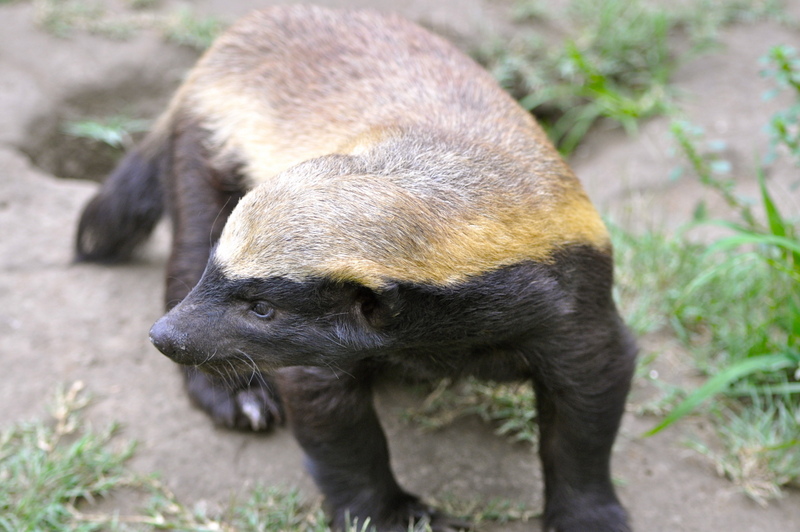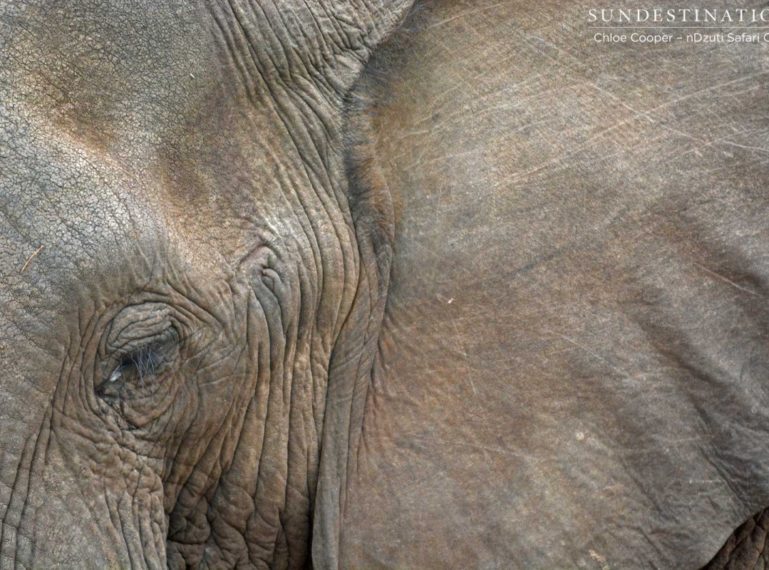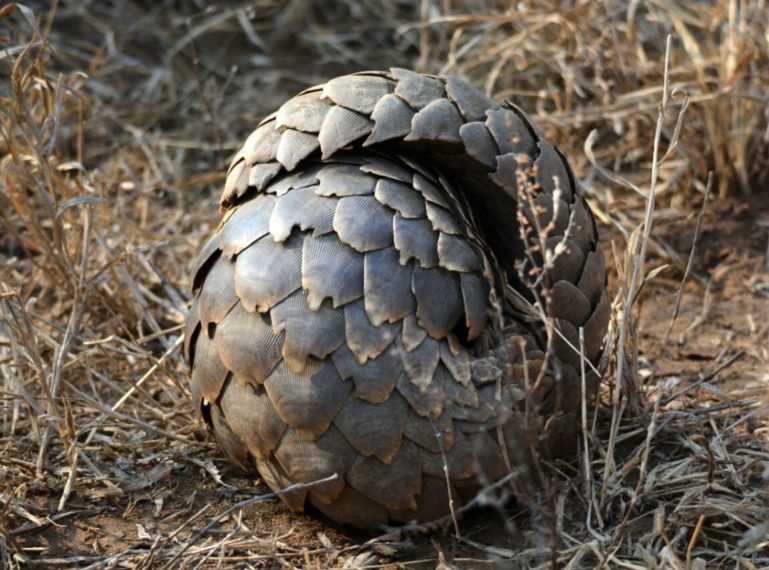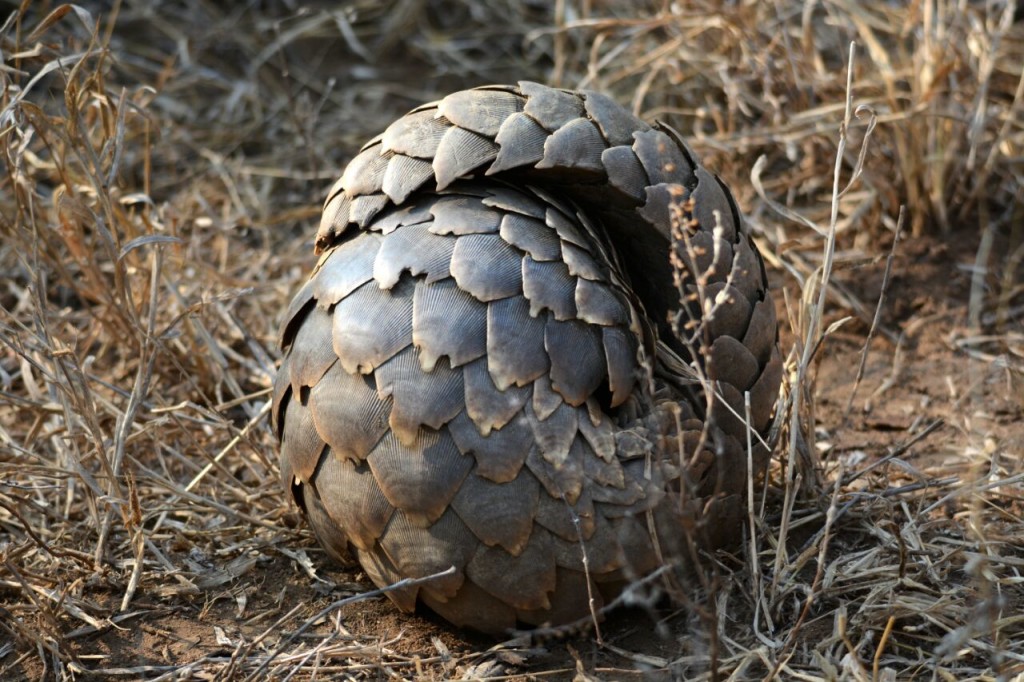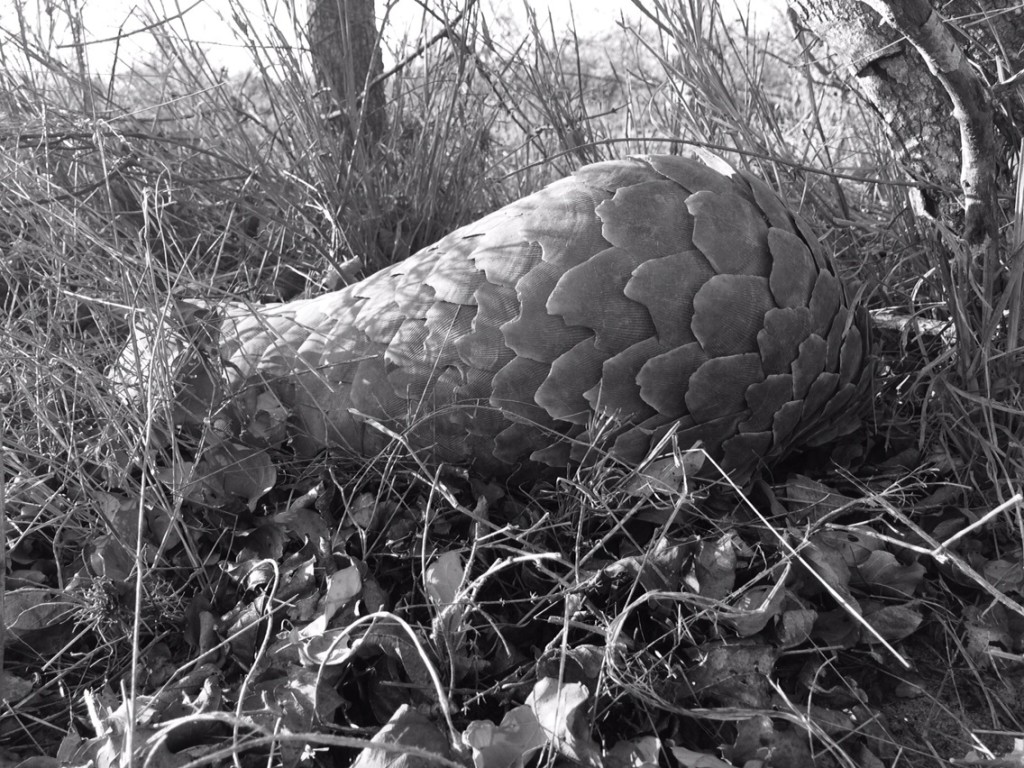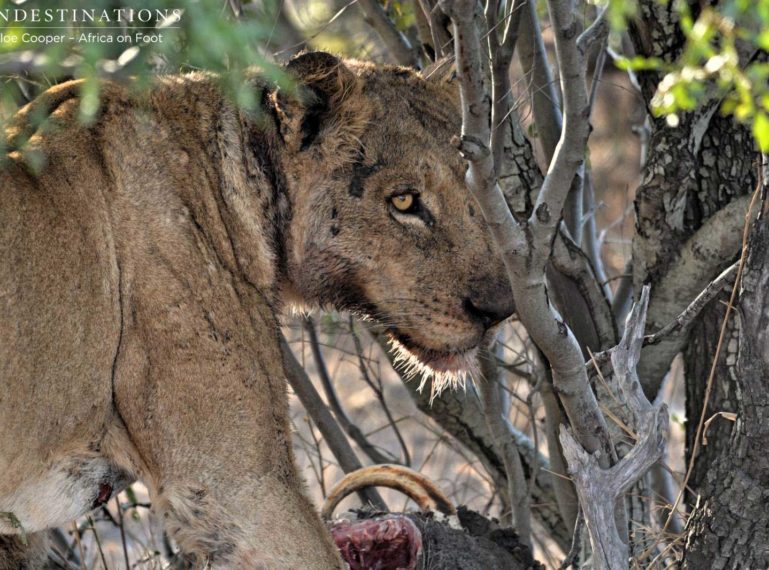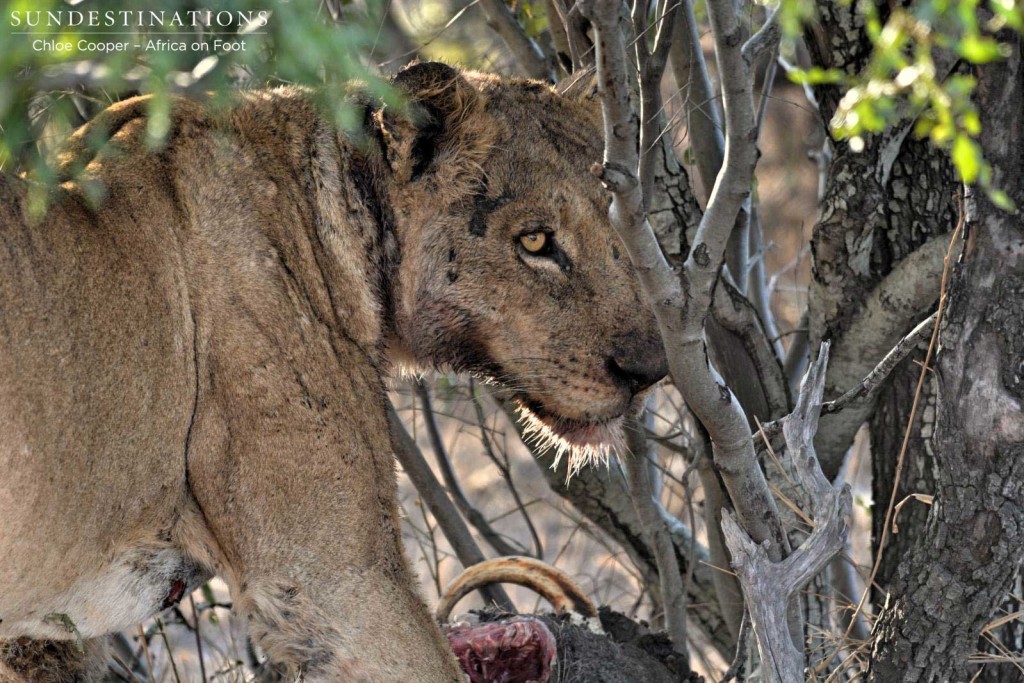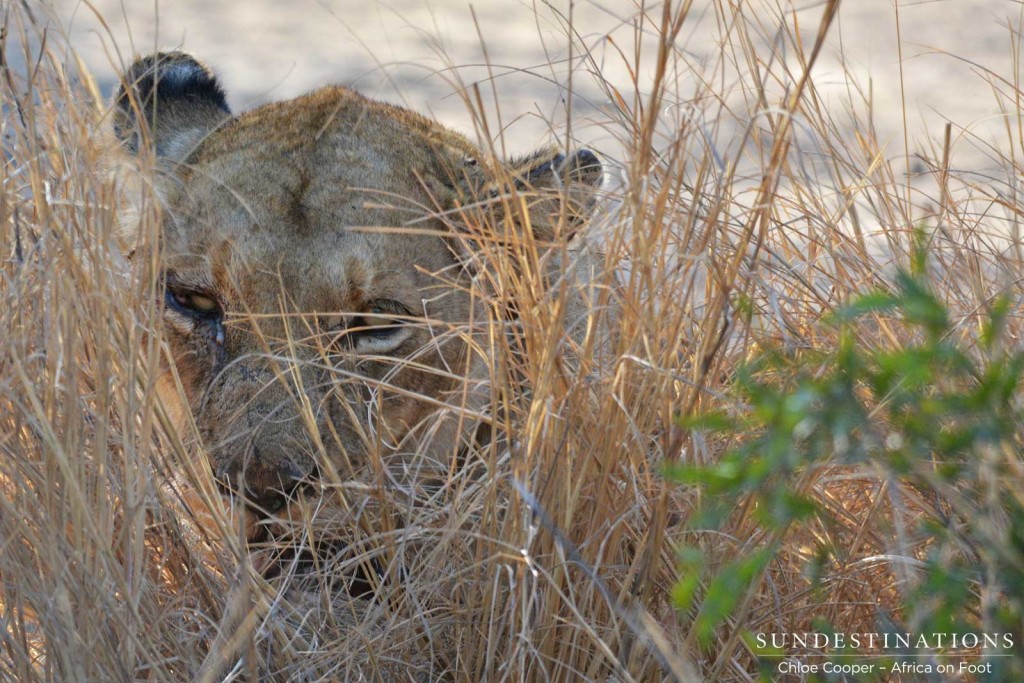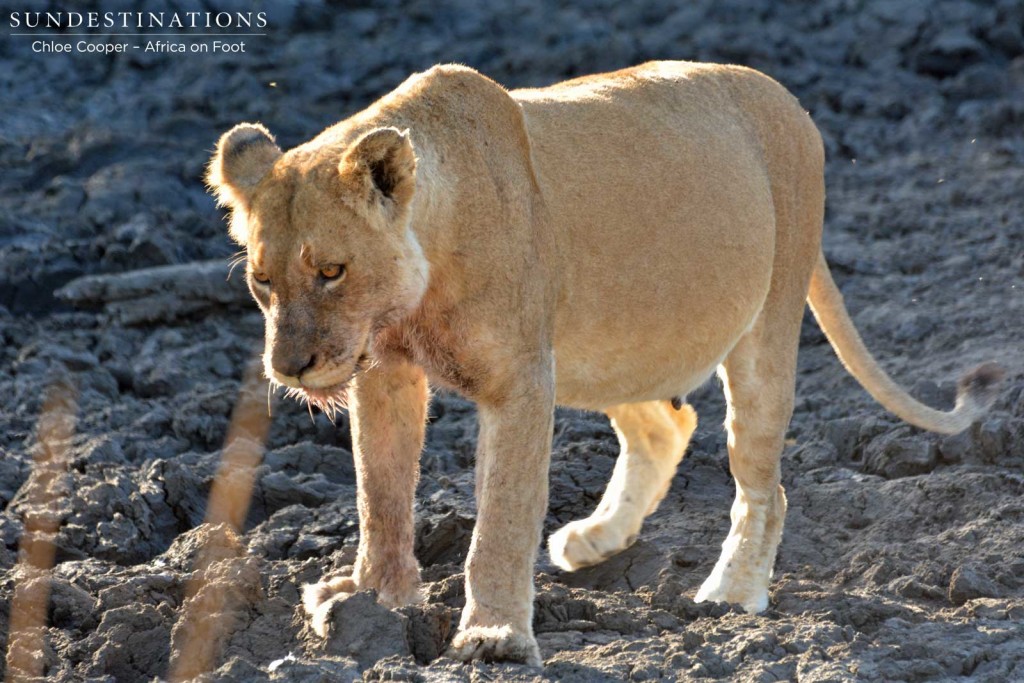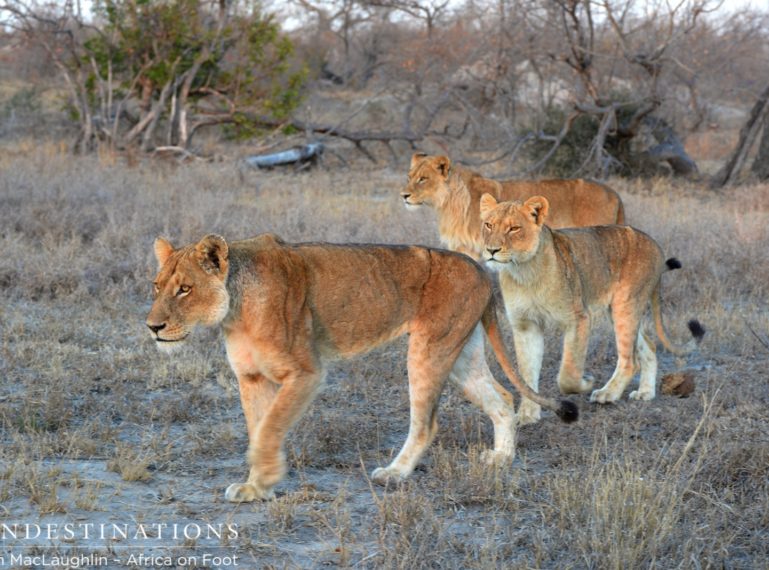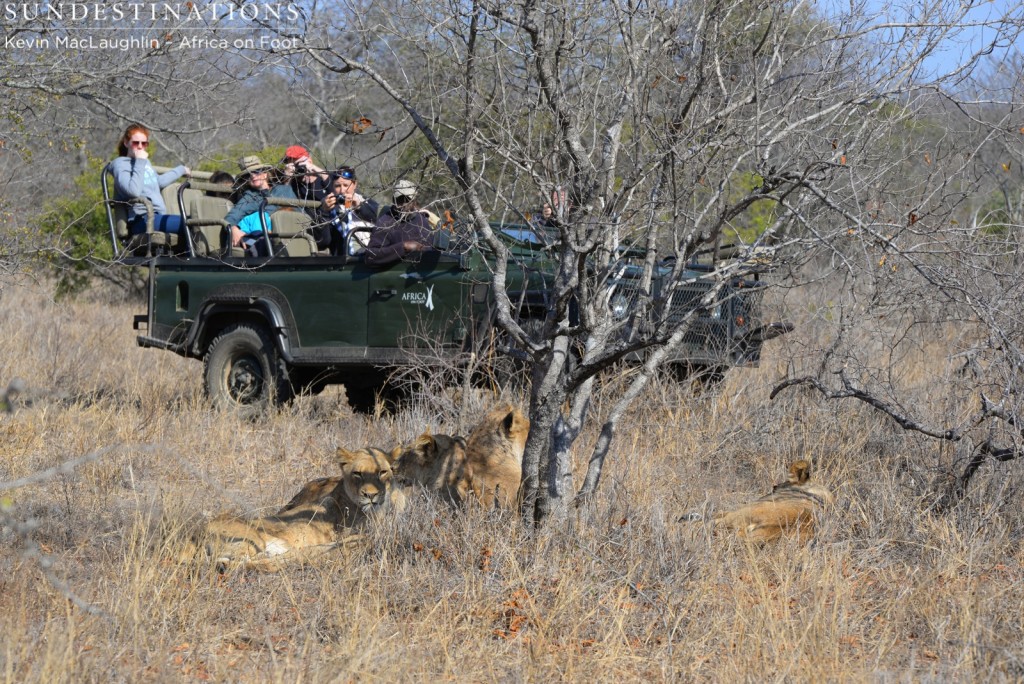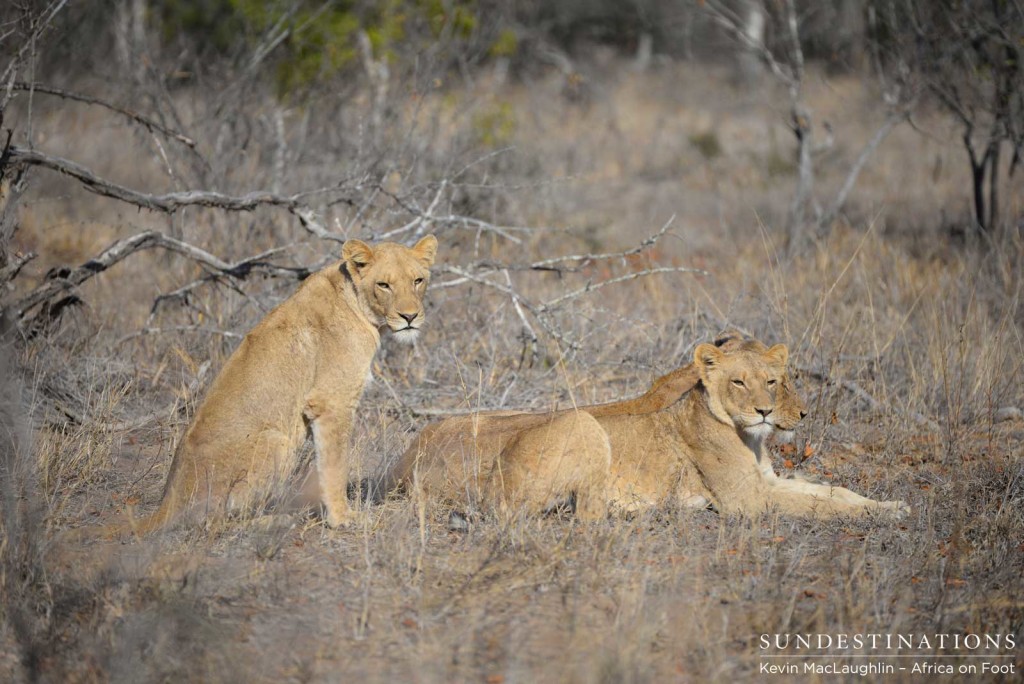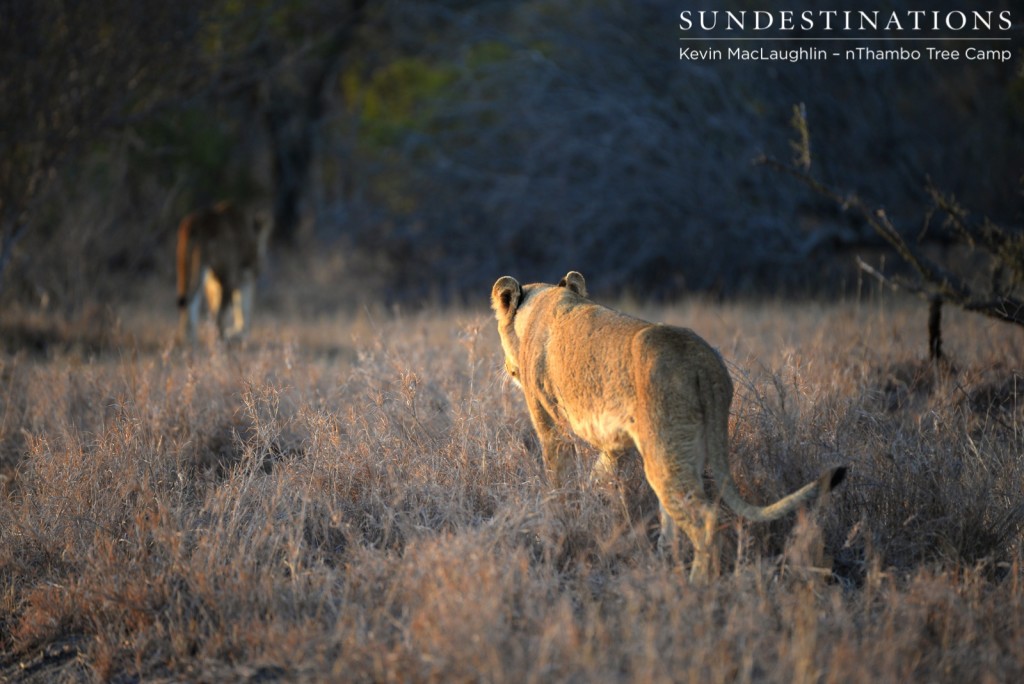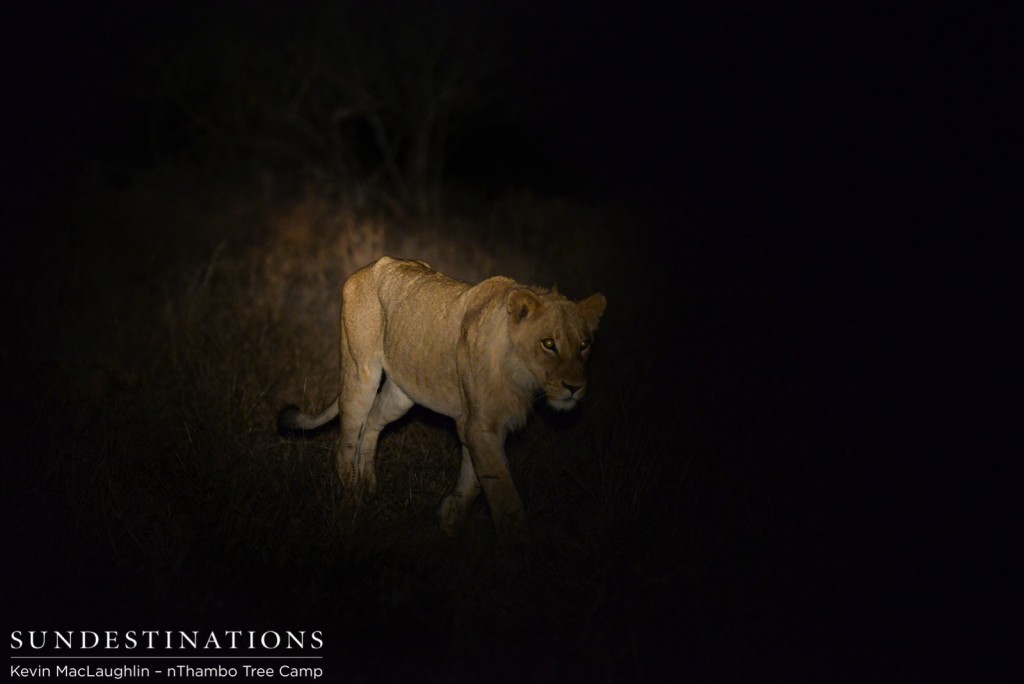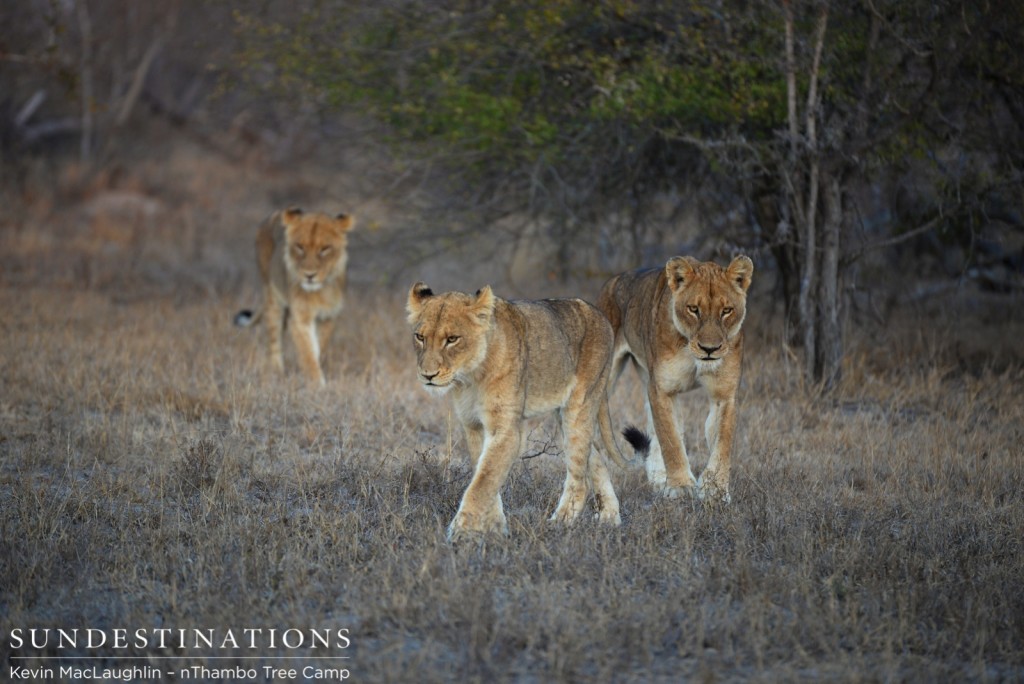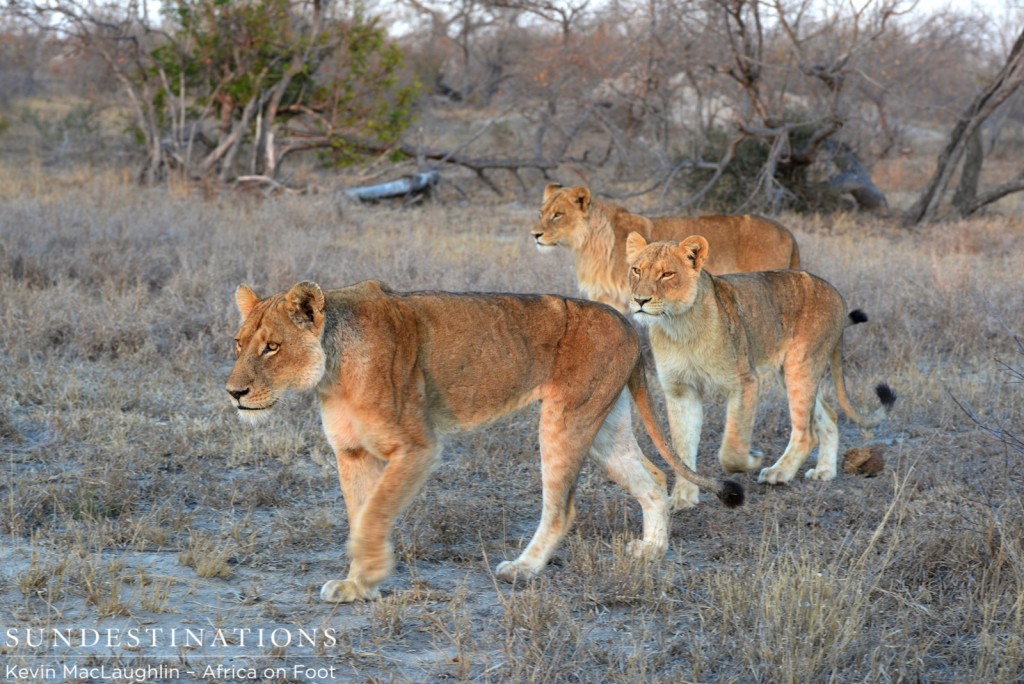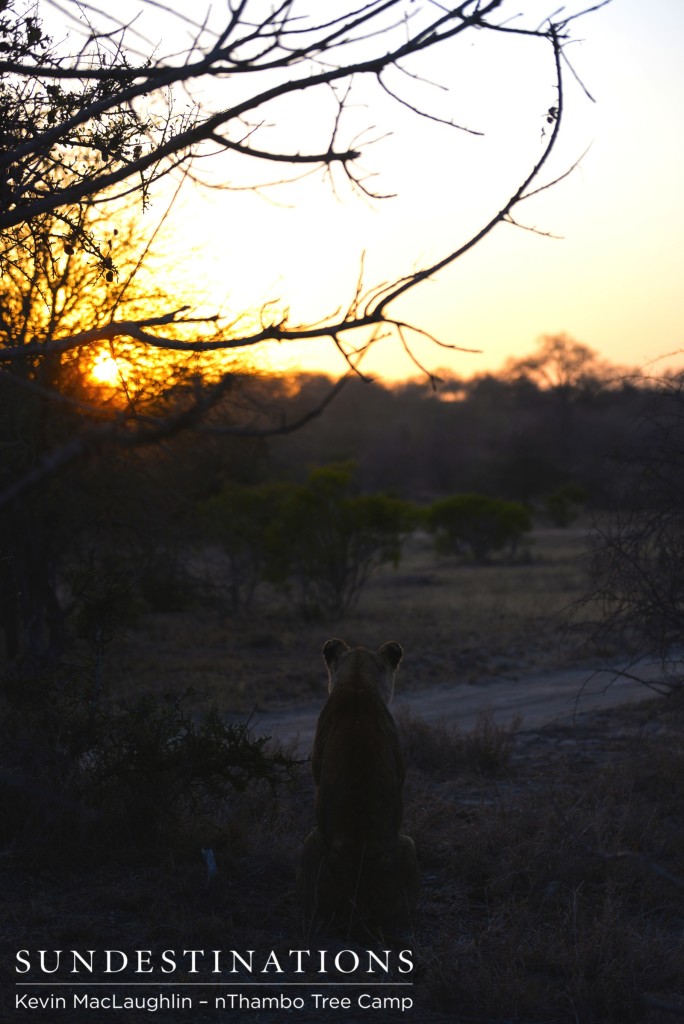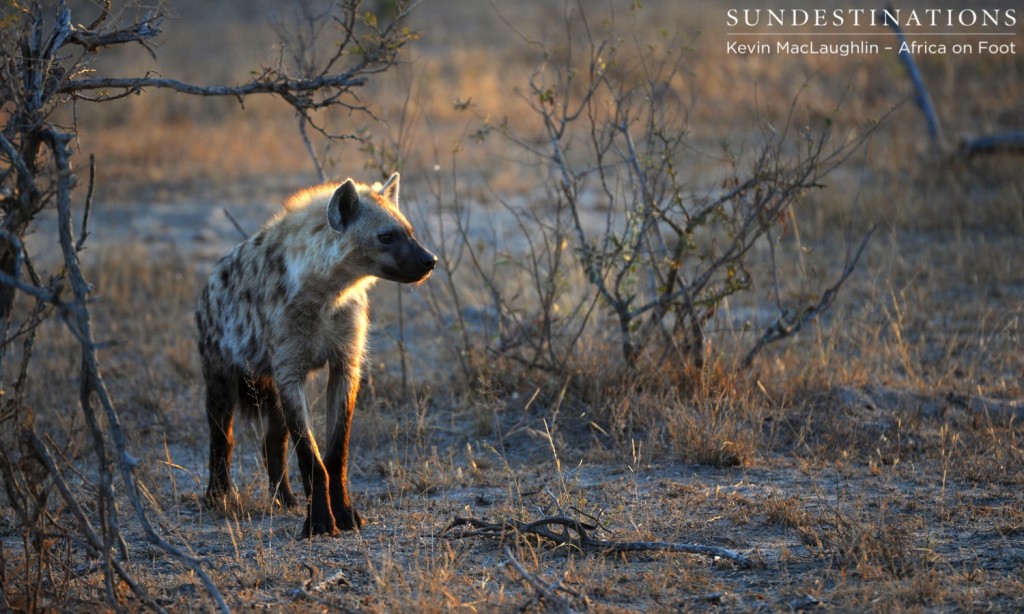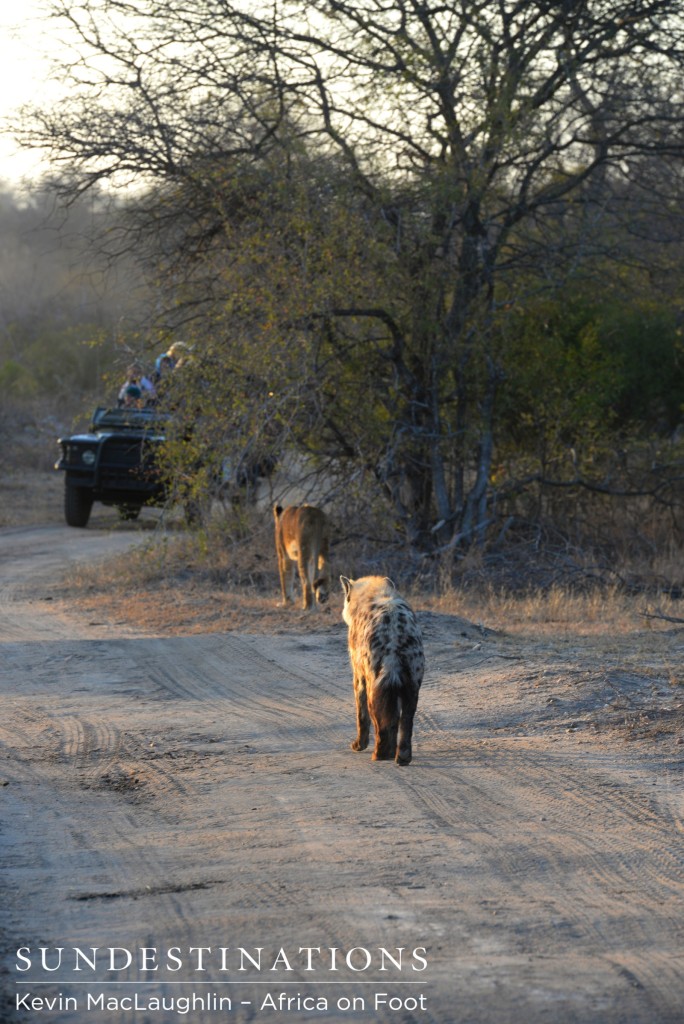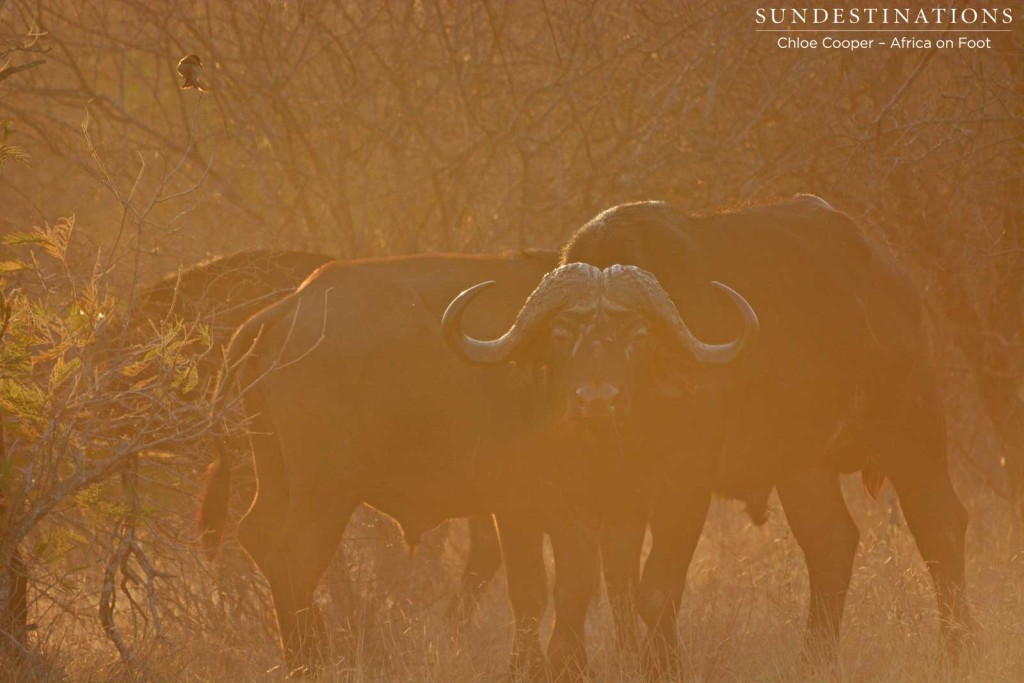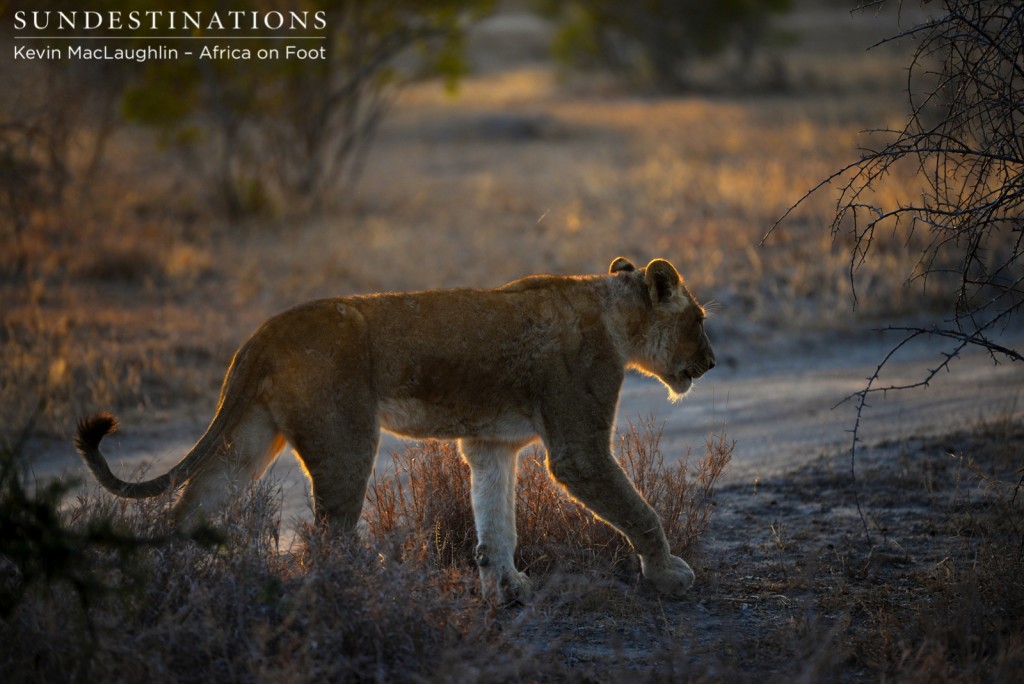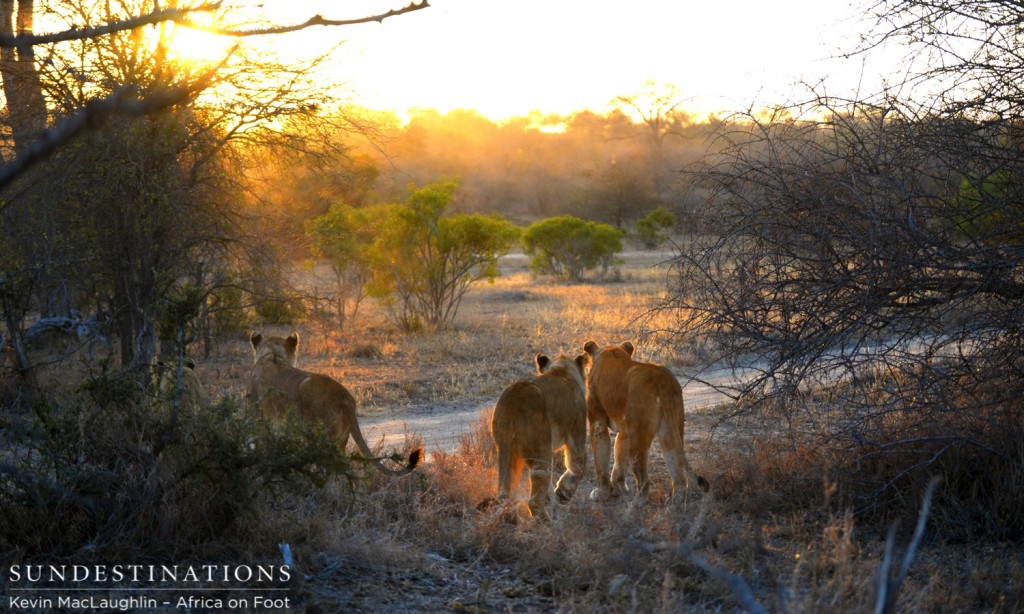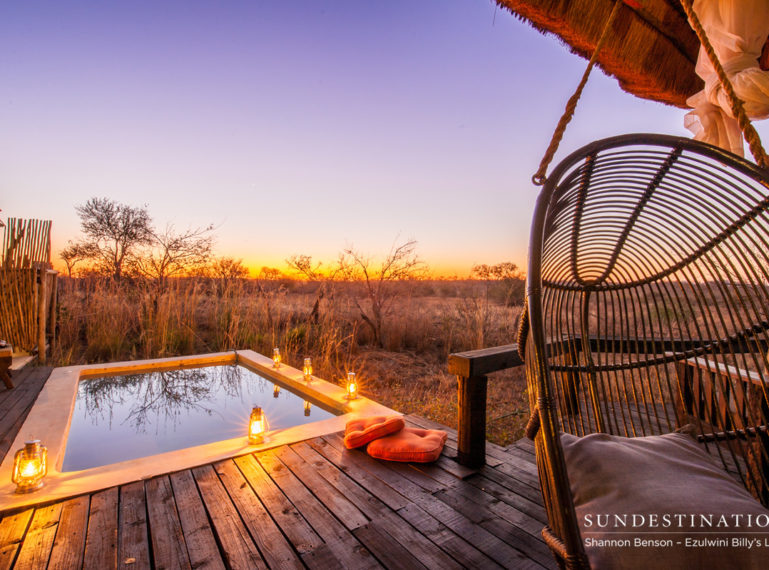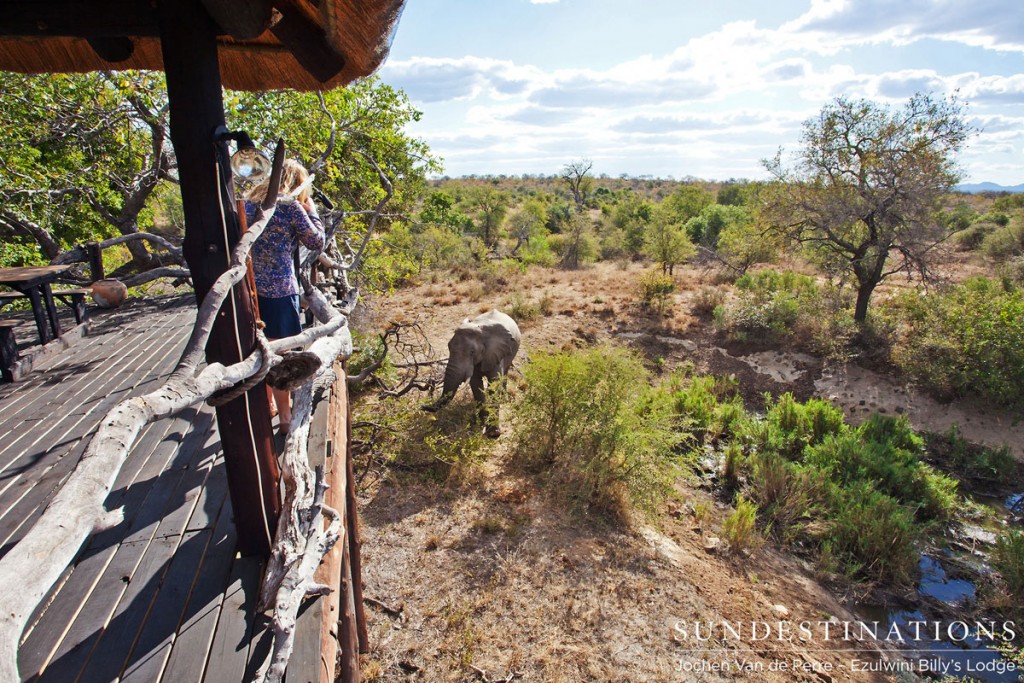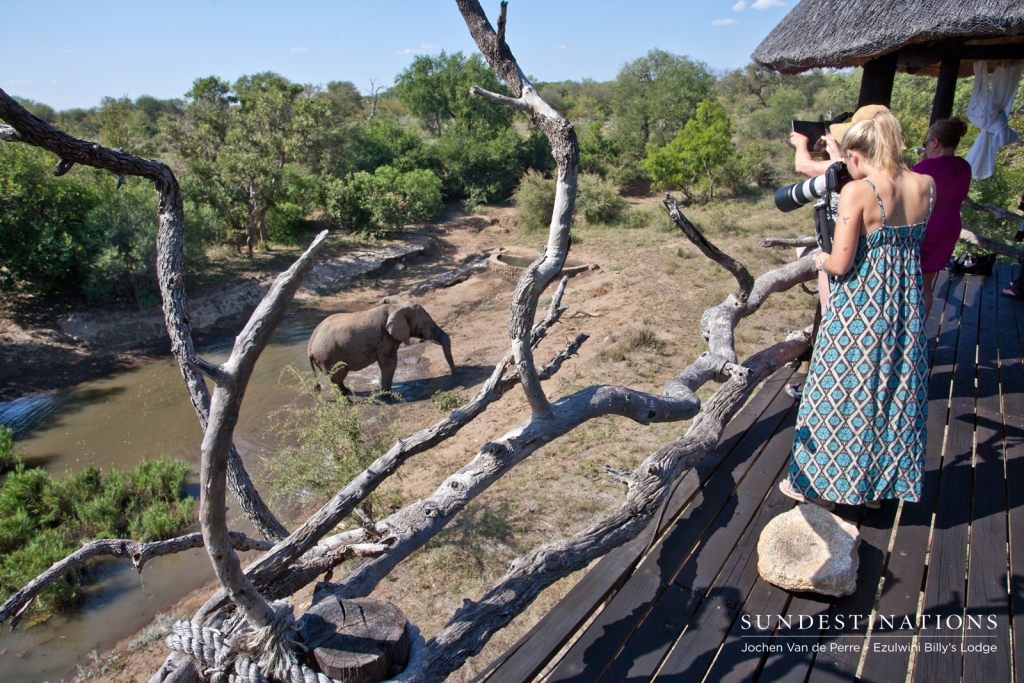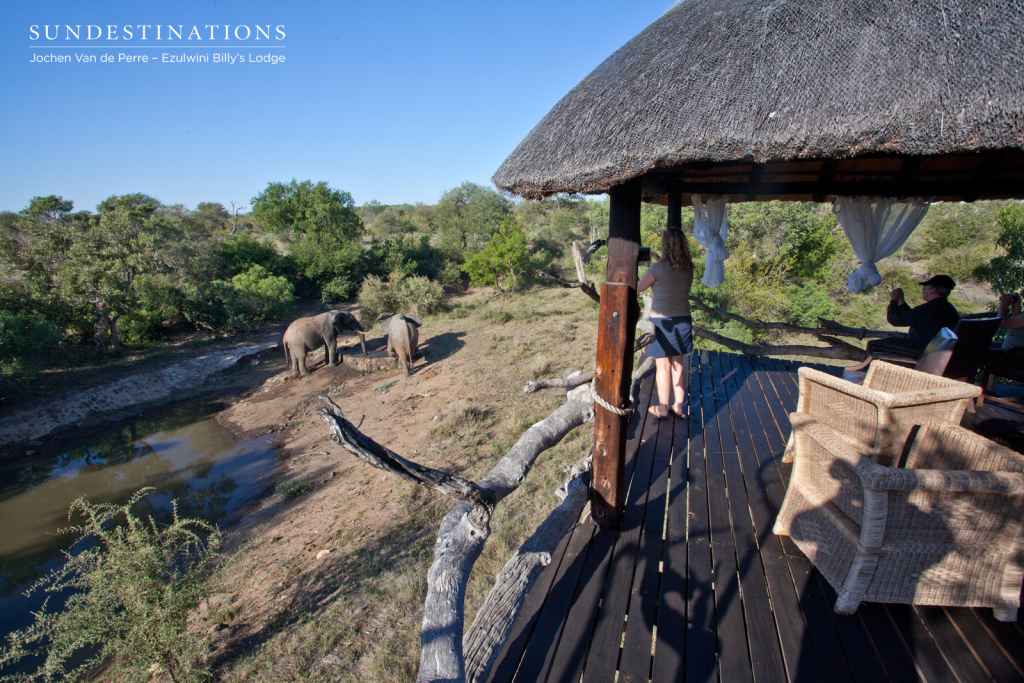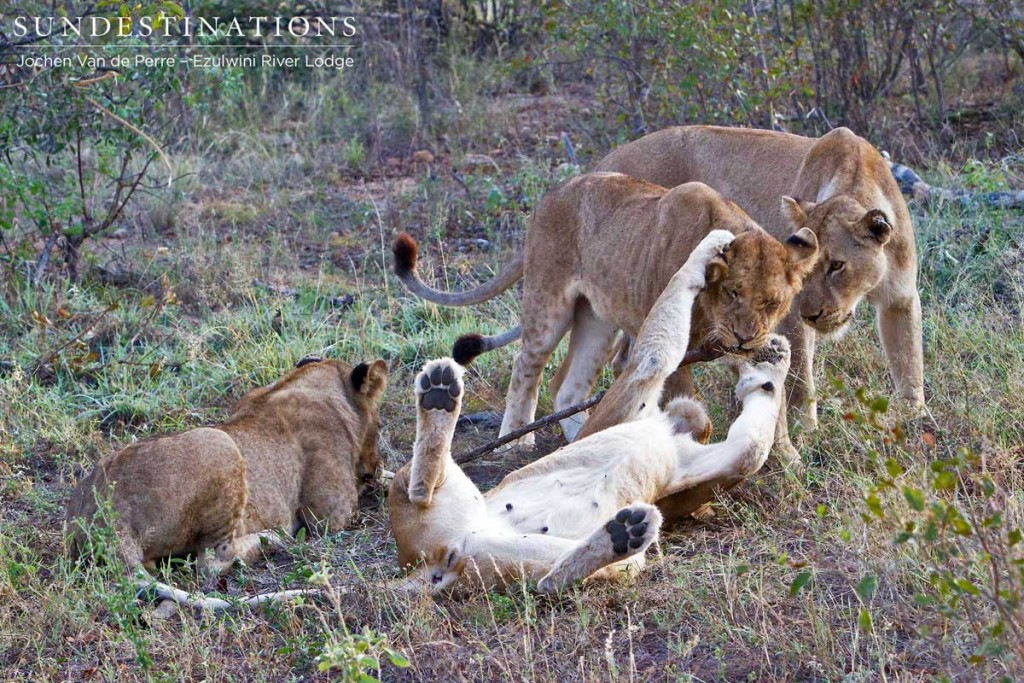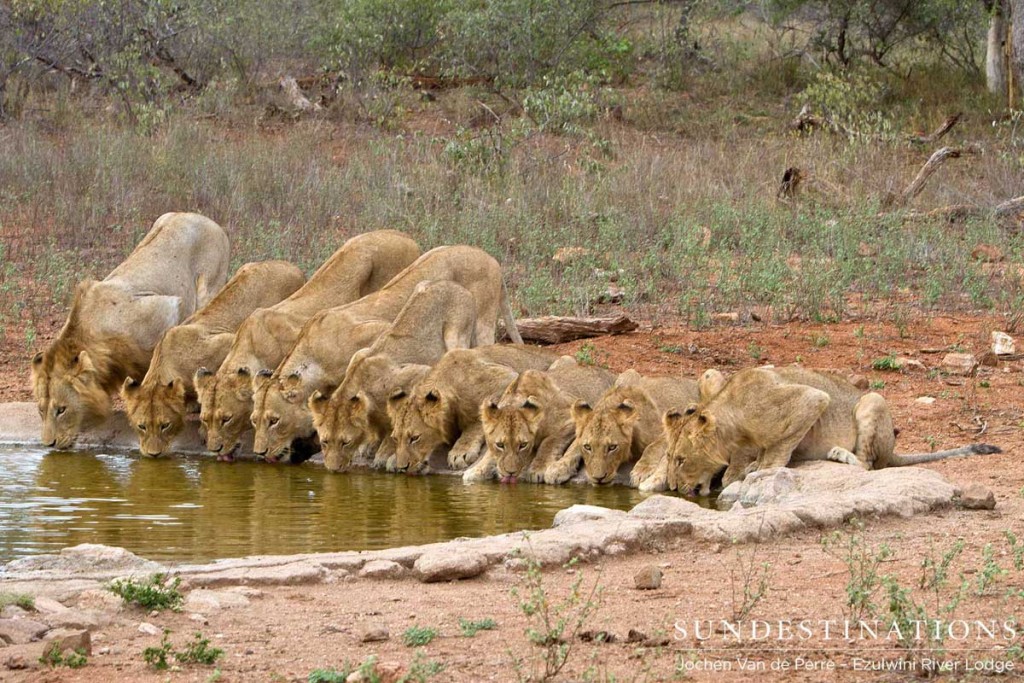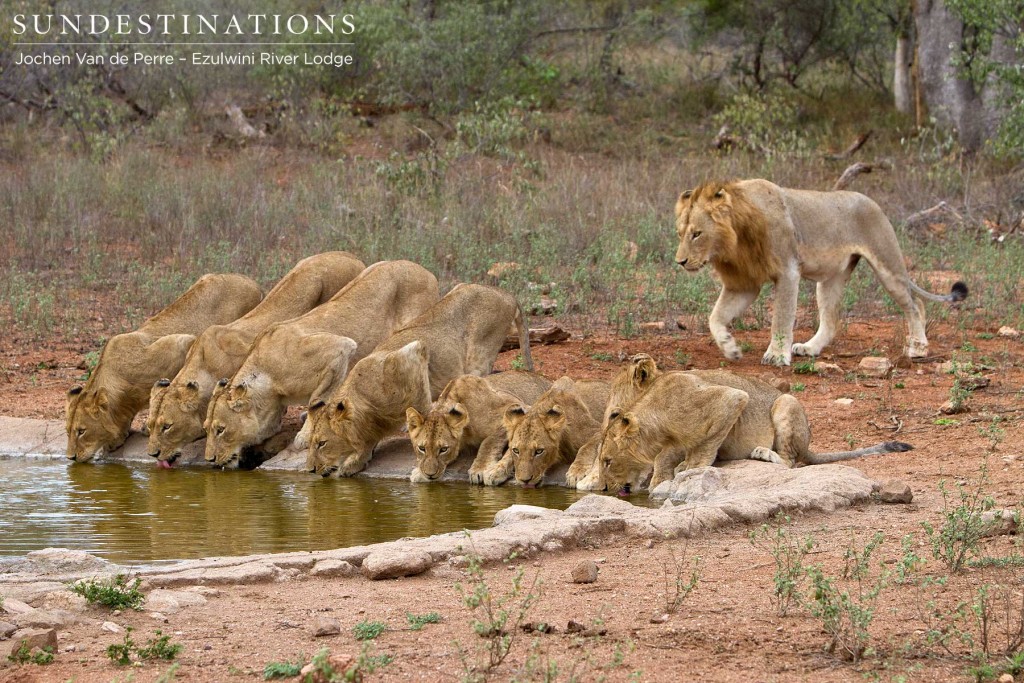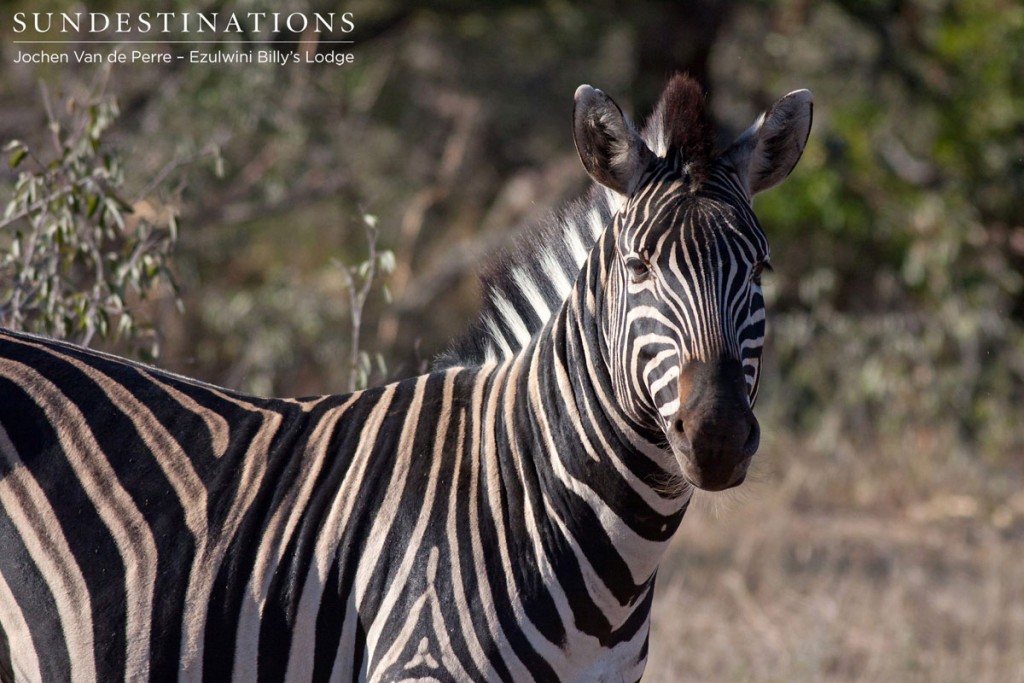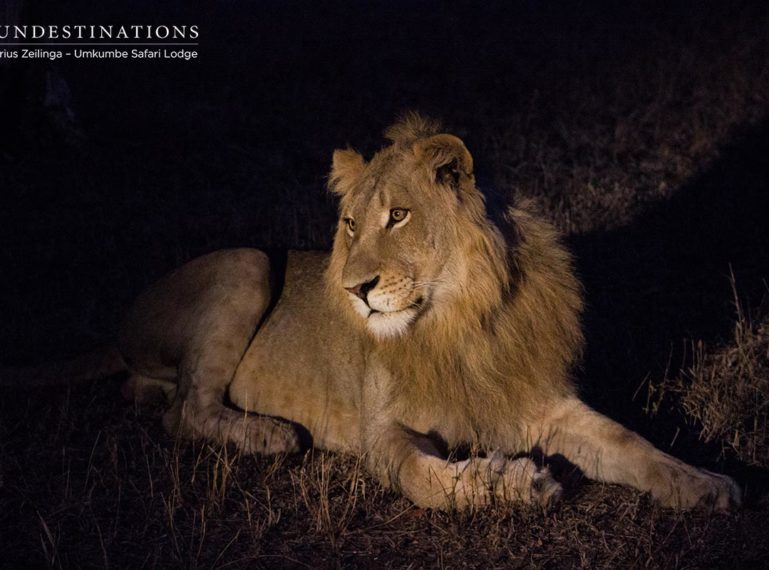
Week in Pics: Cats and Critters
With the changing landscape and kaleidoscope of colours peeking through the dry vegetation, it’s evident that spring is fast approaching. The weather in the Greater Kruger is getting warmer and we’ve even experienced the first of many gentle rains. With the change of seasons, new species of wildlife come out to play. Our predators and the big five remain unperturbed by the change of season and they’ve certainly not disappointed us this week.
This week we dedicate our “week in pics” to our incredible cats and our interesting curious critters.
You’ve probably heard us refer to the Sabi Sand Reserve as “leopard central”. The reserve is renown for its incredible big cat sightings. Umkumbe is no stranger to these breathtaking sightings. This week, we proved the nickname of “leopard central” to be true. In one game drive guests saw 4 leopards.
Nottens female was relaxing in the thicket, enjoying her solitude. White Dam and her two cubs were seen out on the prowl. White Dam killed an impala and a couple of sneaky hyenas stole the kill. The male cub refused to give up the fight and stalked and intimidated the hyena until they released the kill. The carcass was retrieved and within minutes they found a place for their food – in the safety of a tree.
The Sparta sub-adult male lions were seen relaxing on the banks of the Sand River, which runs in front of the lodge. A big cat week for Umkumbe Safari Lodge!
nThambo Tree Camp and Africa on Foot
Over the past few weeks there have been reports of lion and leopard sightings. The Ross pride breakaway lionesses cubs haven’t been spotted. We assume they are stashed away in a place of safety. The highlight of the southern Klaserie this week was the sighting of a lone cheetah. The cheetah was spotted relaxing on an elevated area after attempting to chase an impala.
And, we’ve seen plenty of flap-necked chameleons. Their colours, pose and grace make for exceptional photographs. Let’s give these adorable creatures a bit of “air time”.
The Ezuwlini Game Lodges have enjoyed an abundance of lion sightings – yet again. The Olifants West pride is a mega-pride that dominates the area around both Billy’s and River Lodge. Josh and Angele, rangers at Ezulwini, also enjoyed a leopard sighting.
